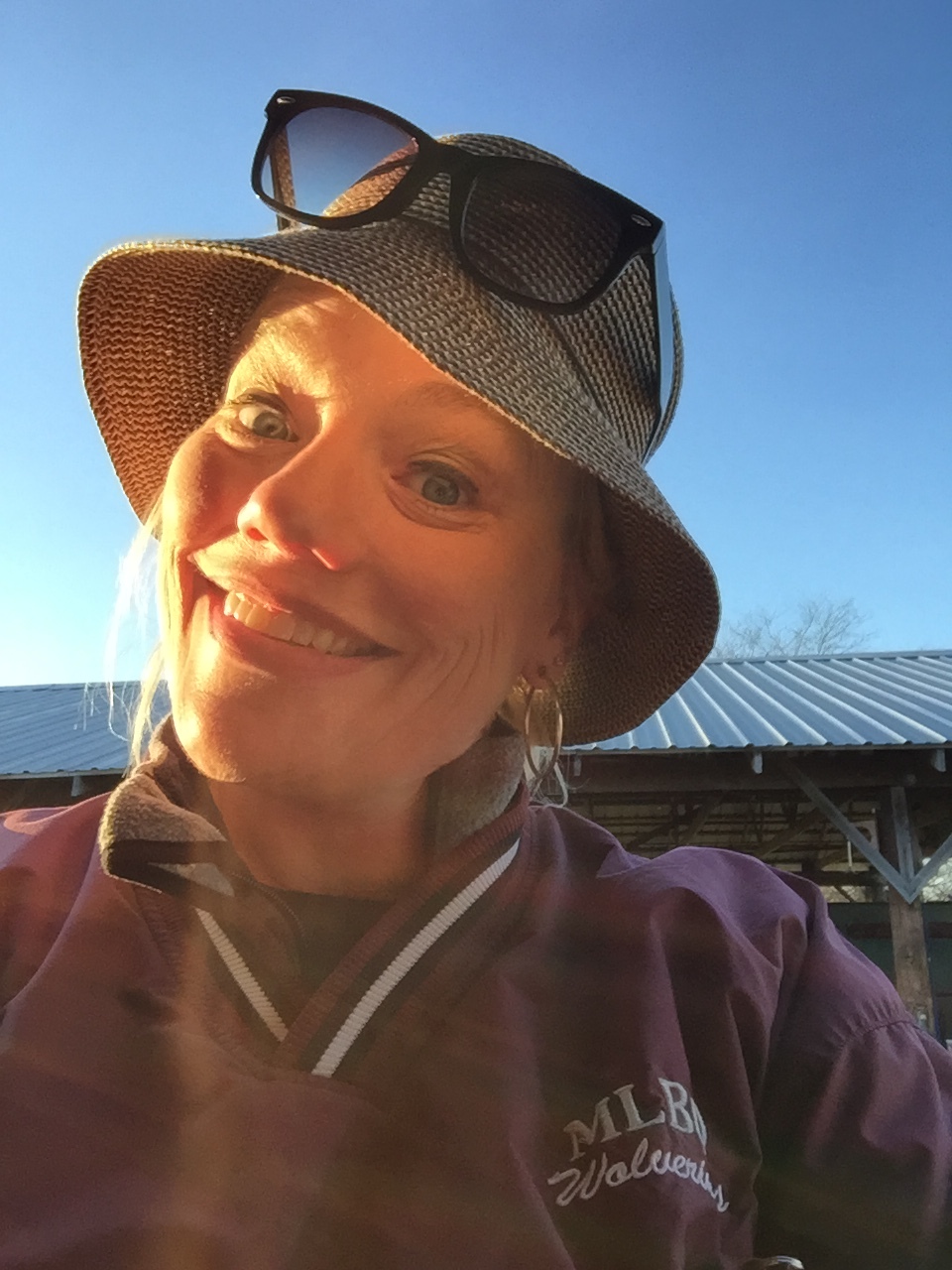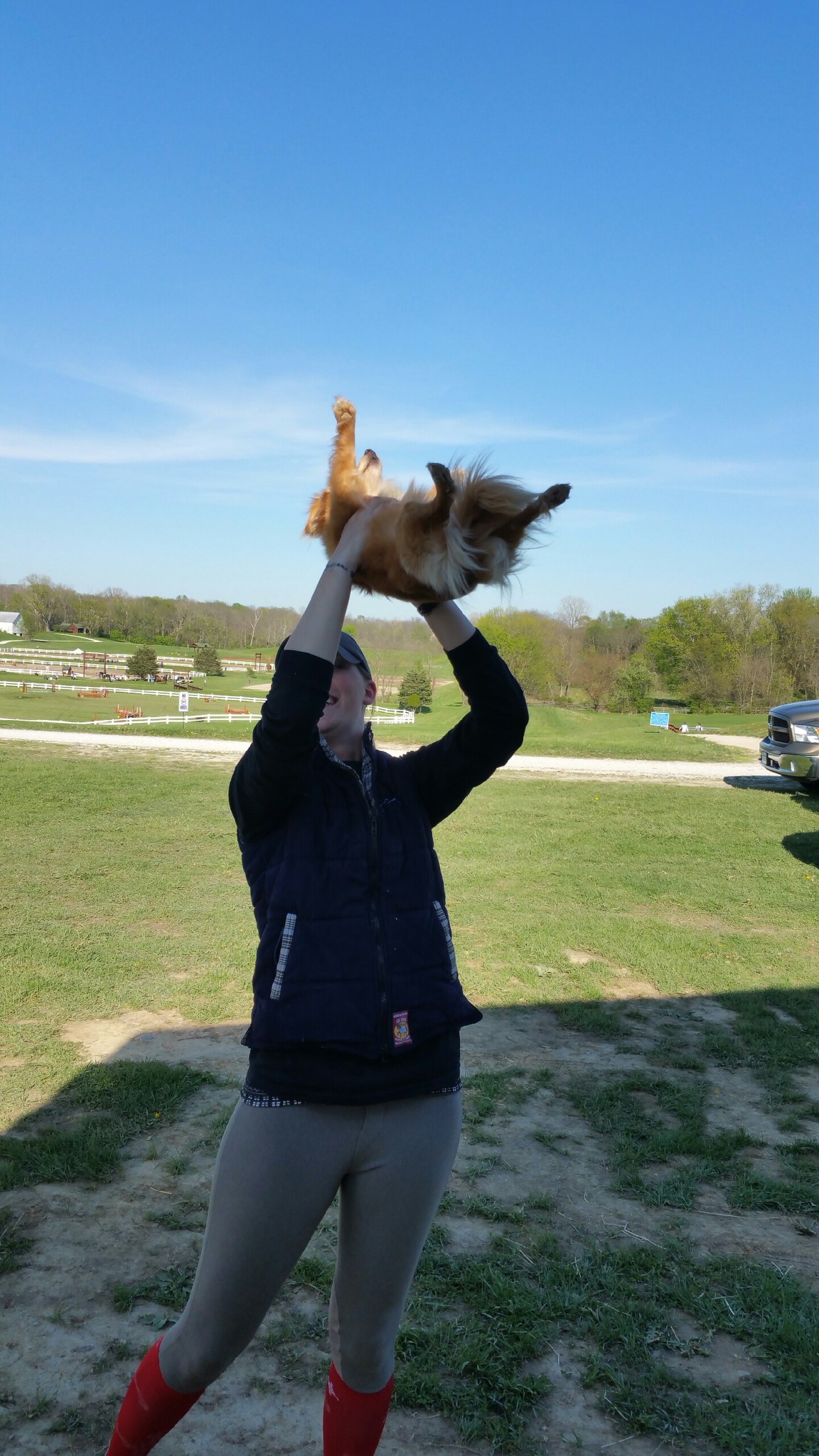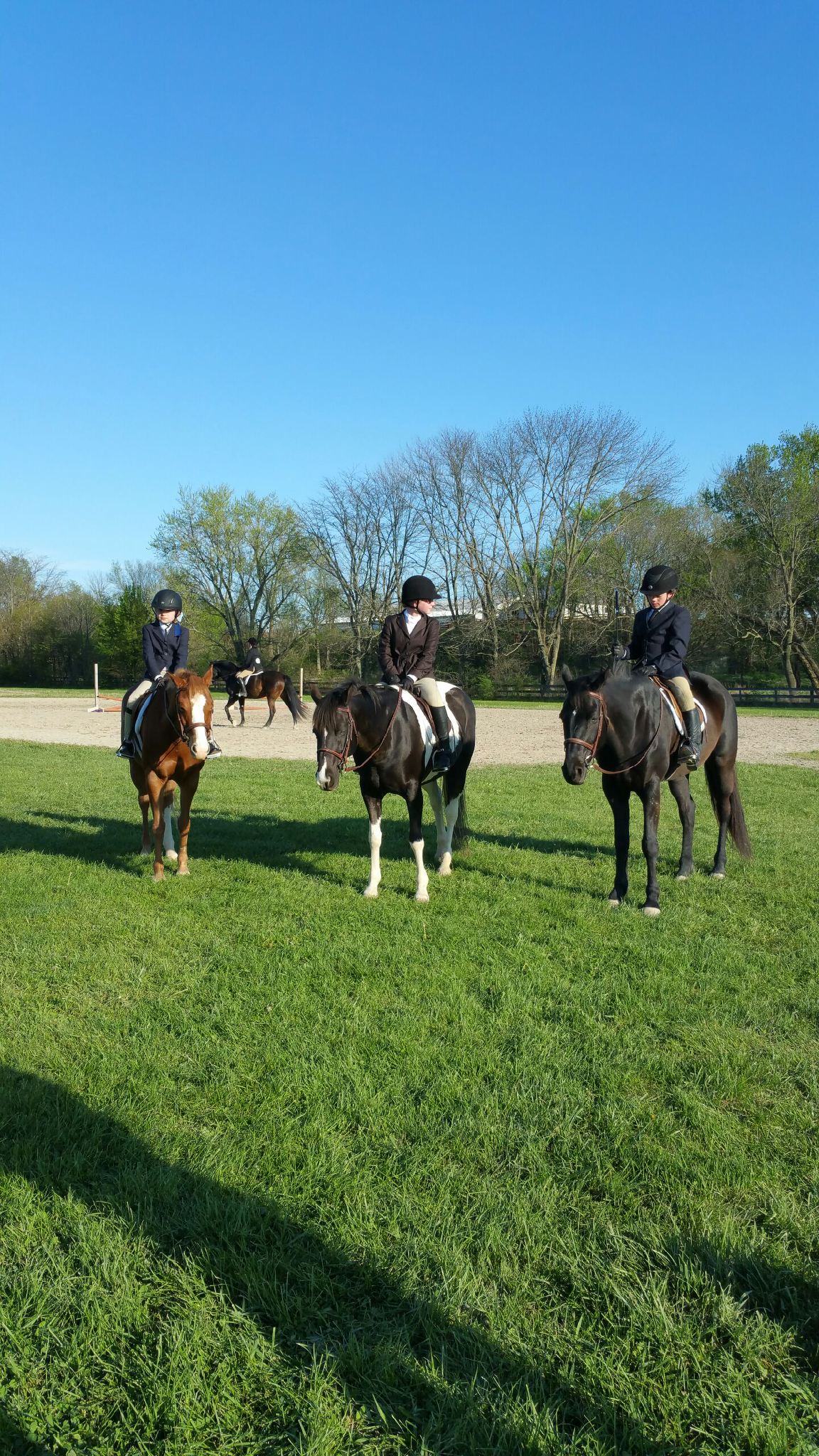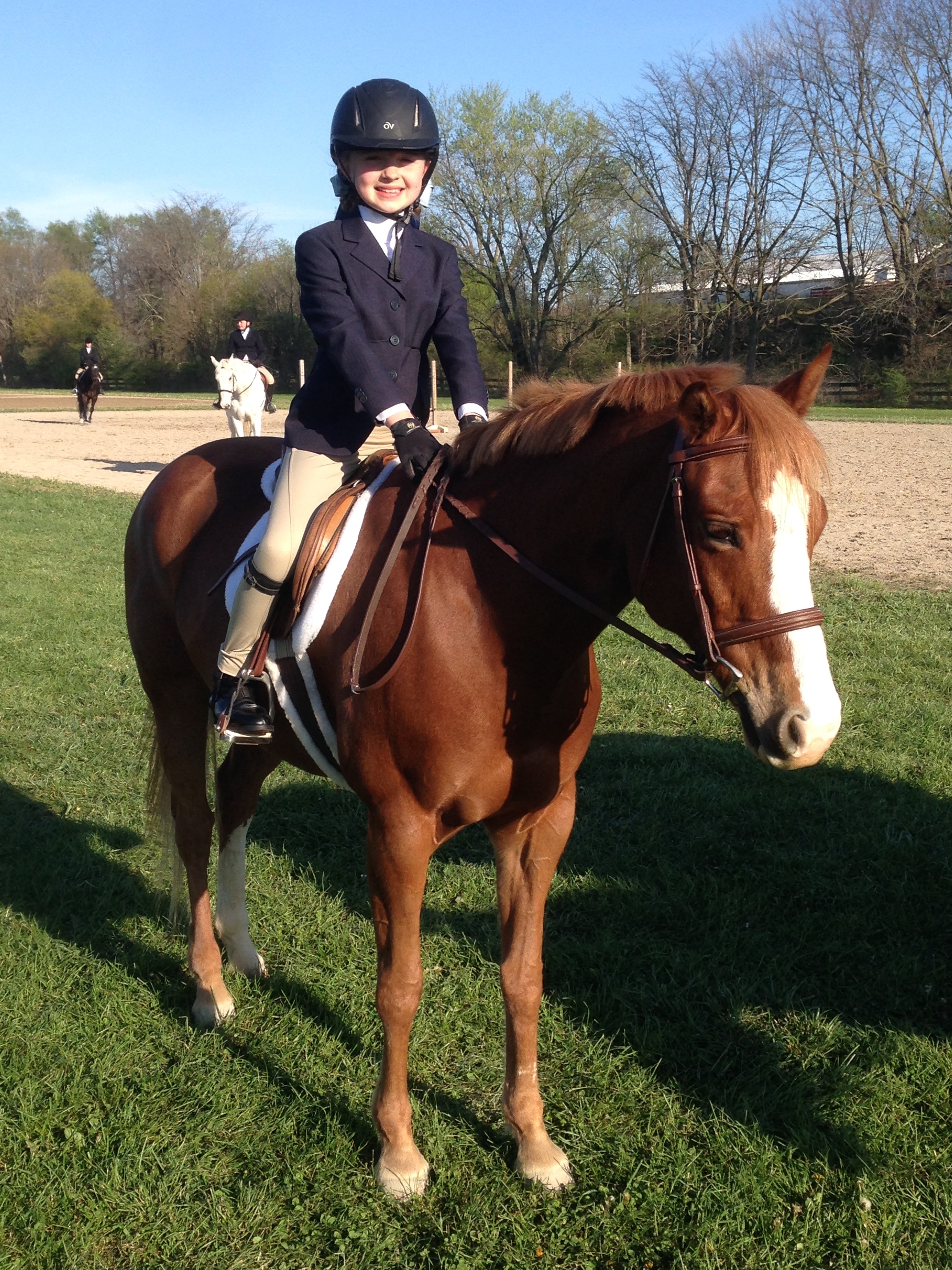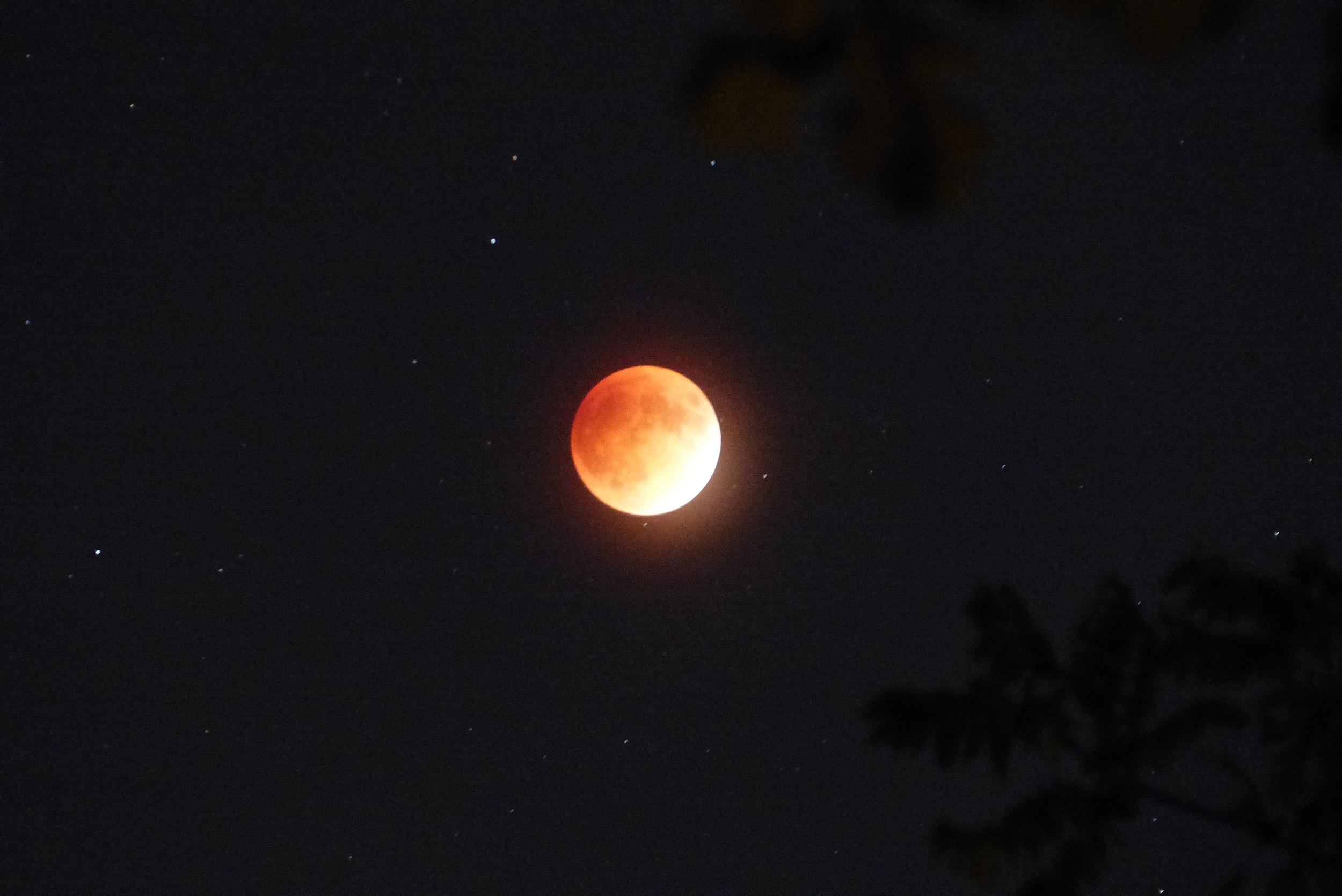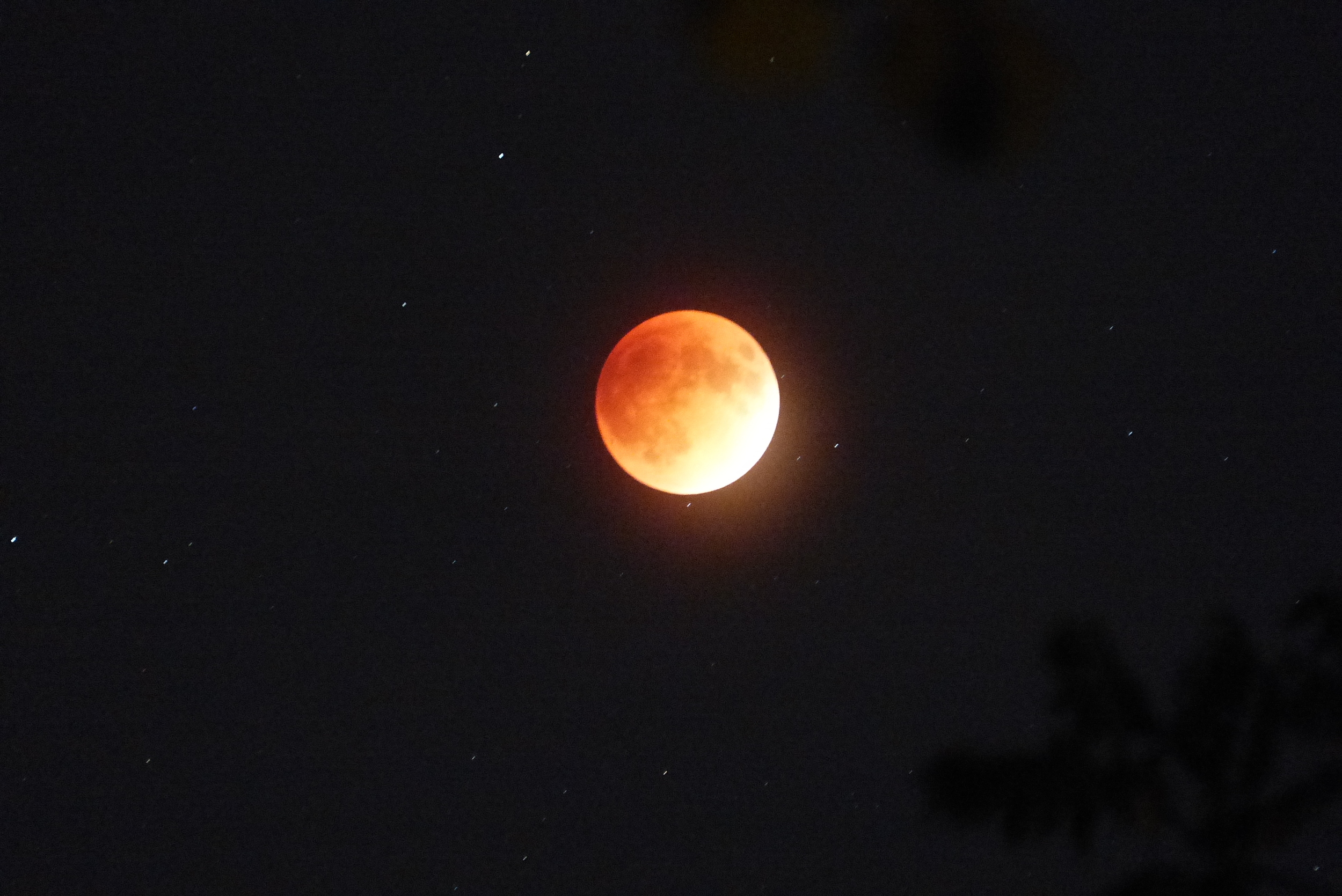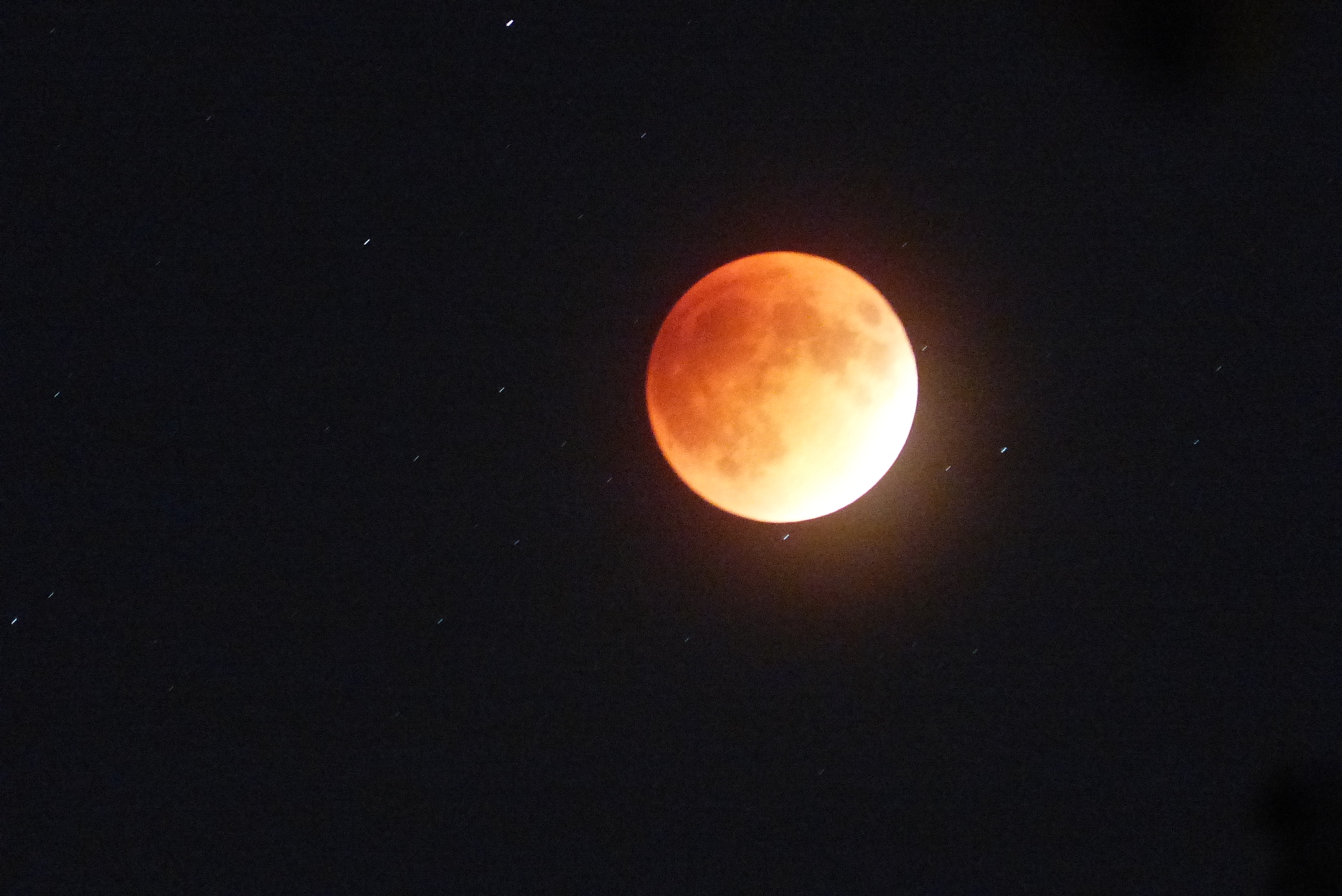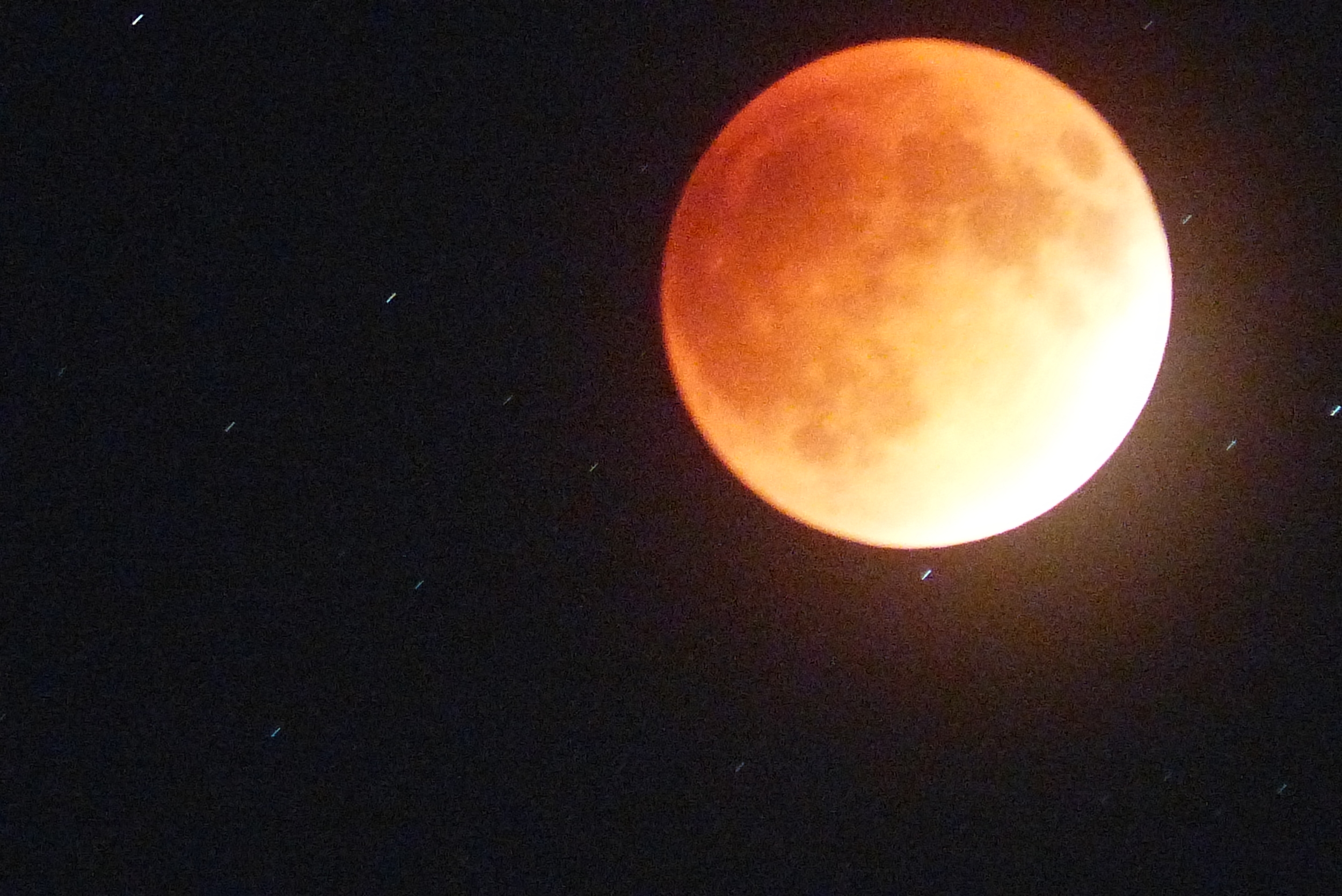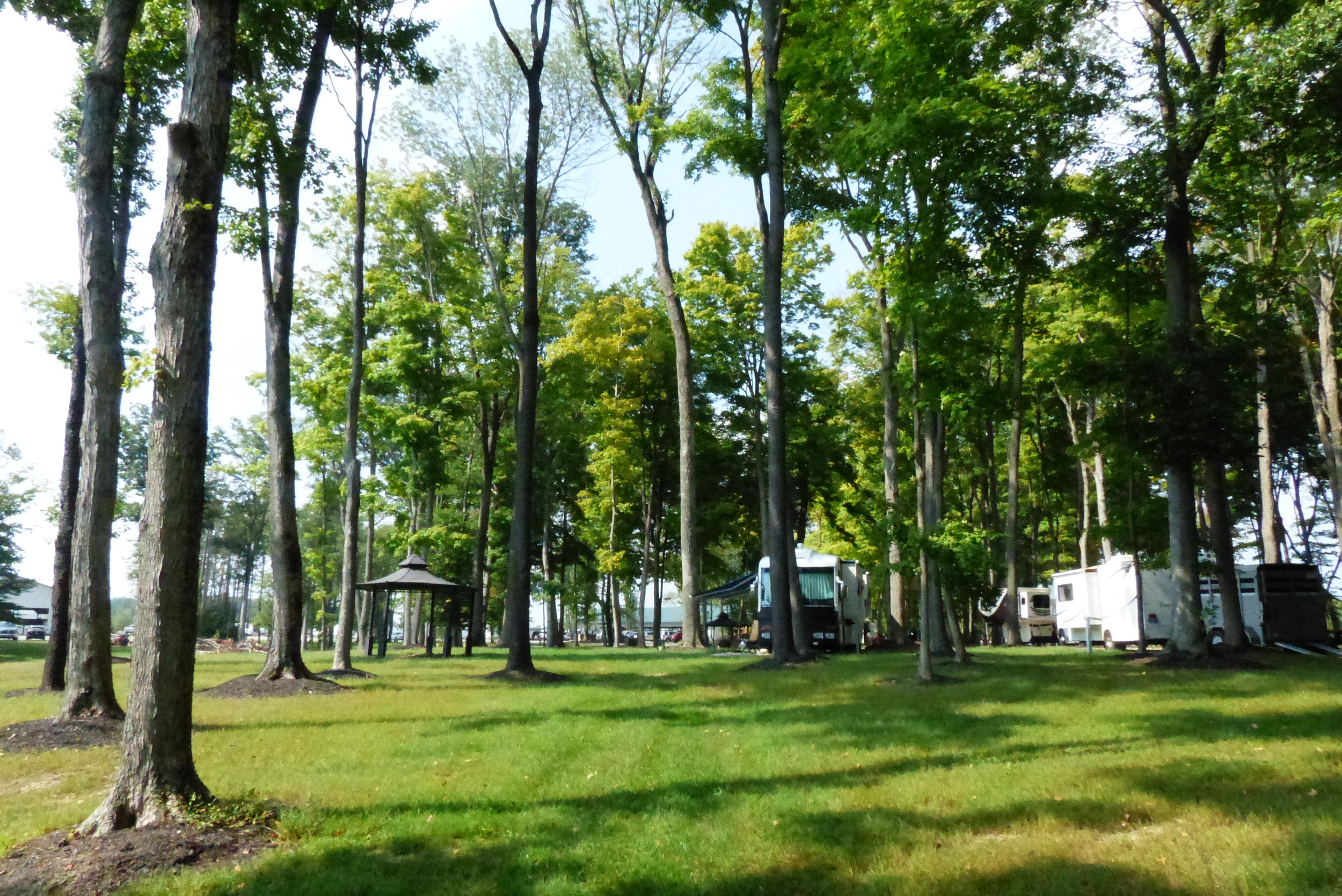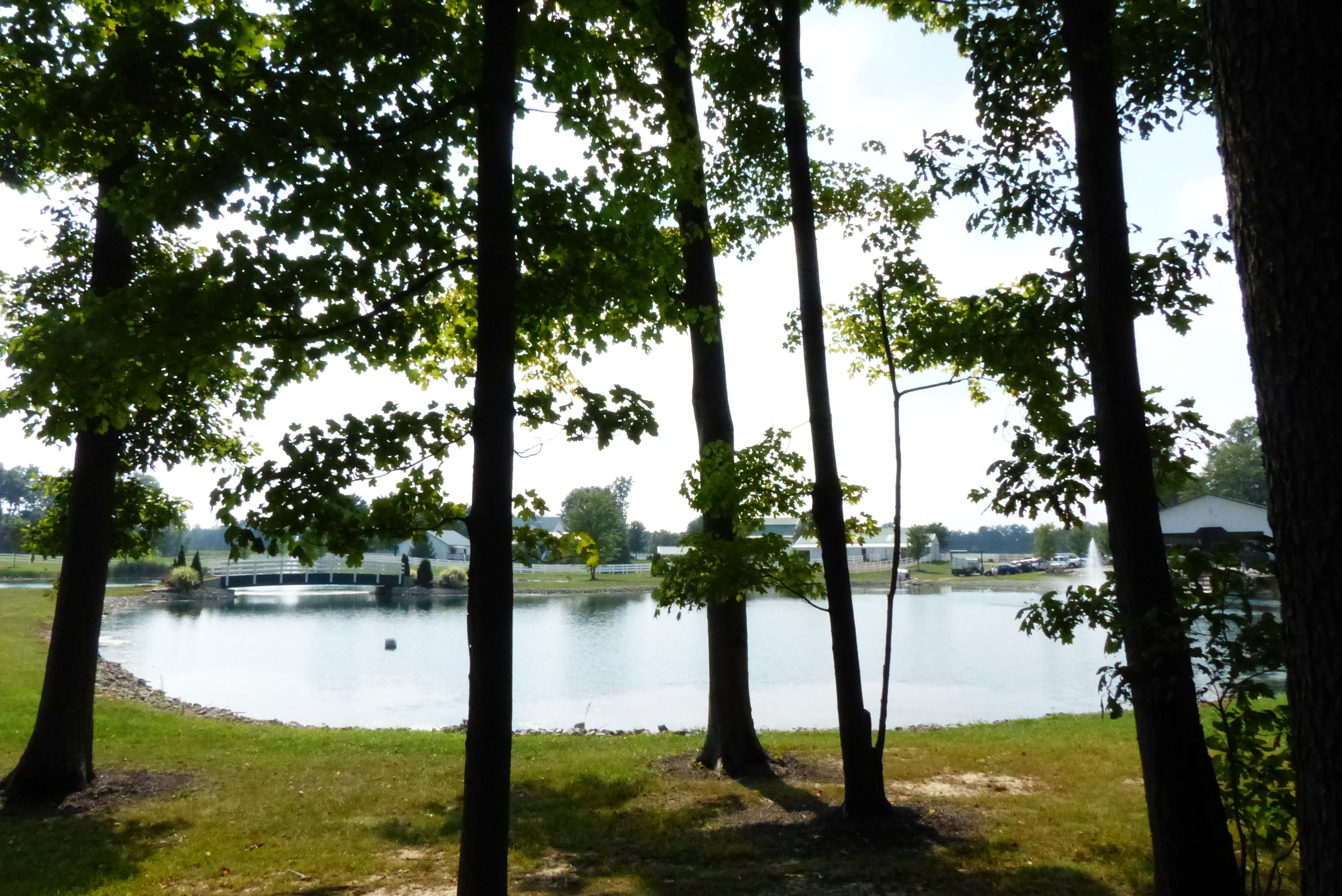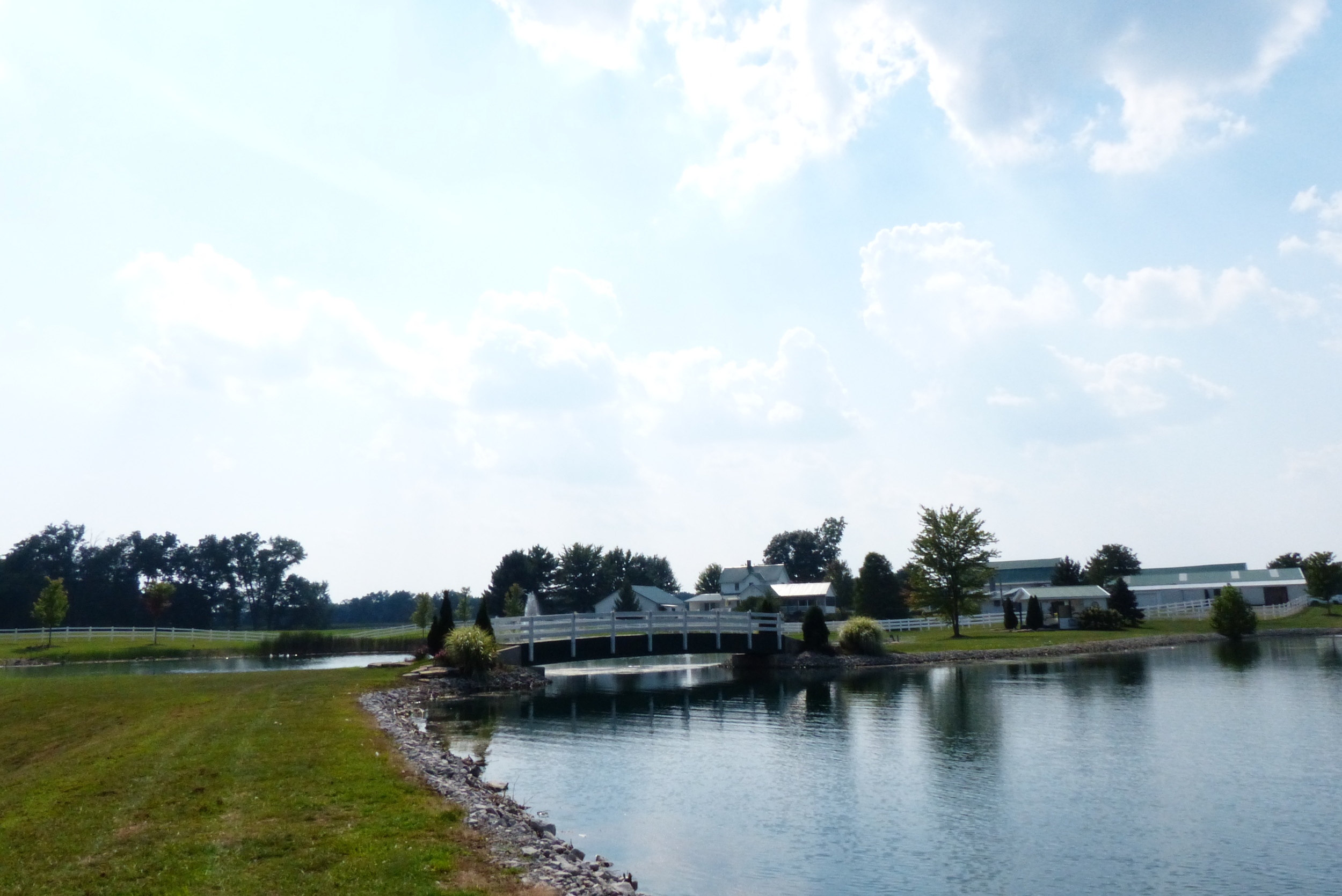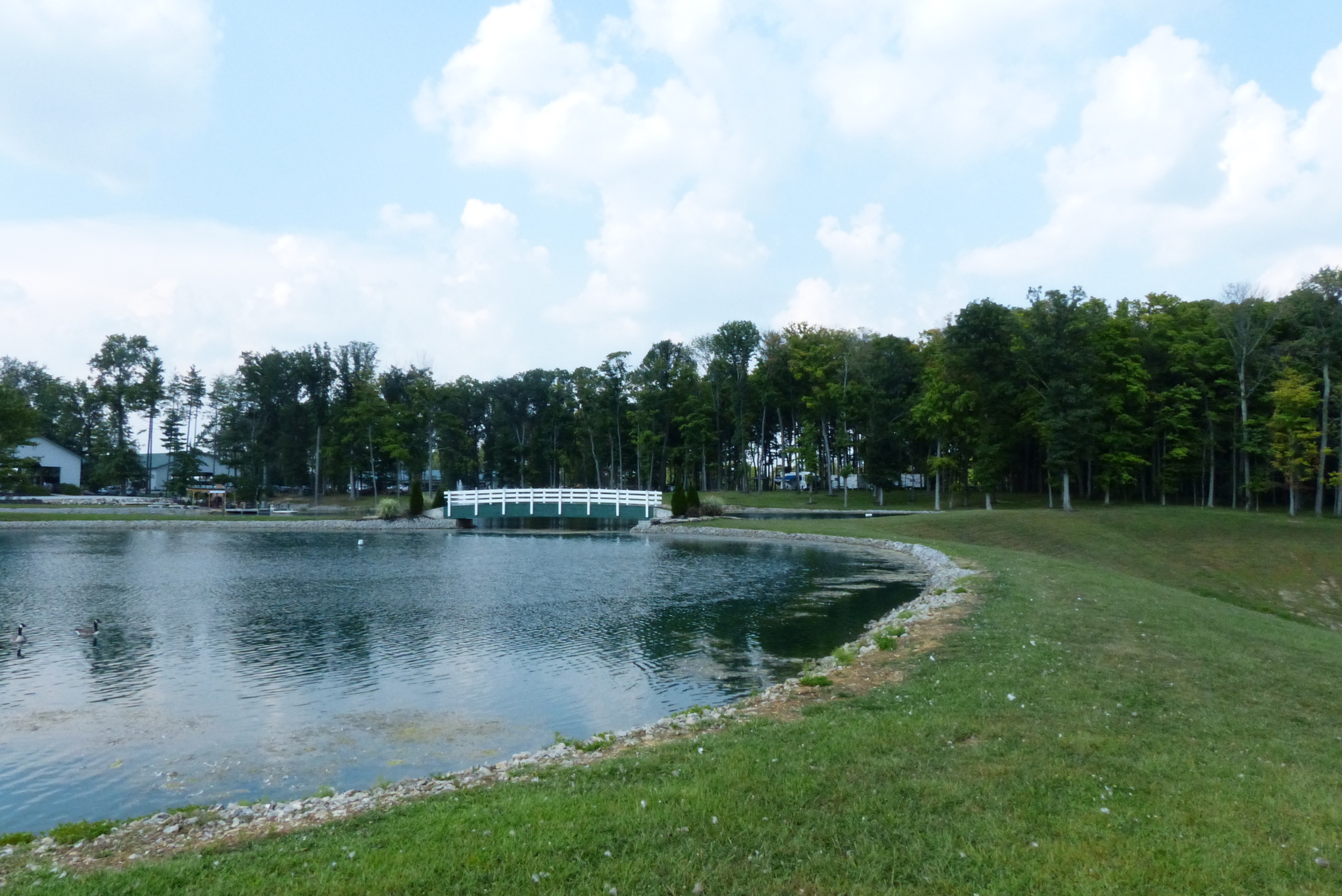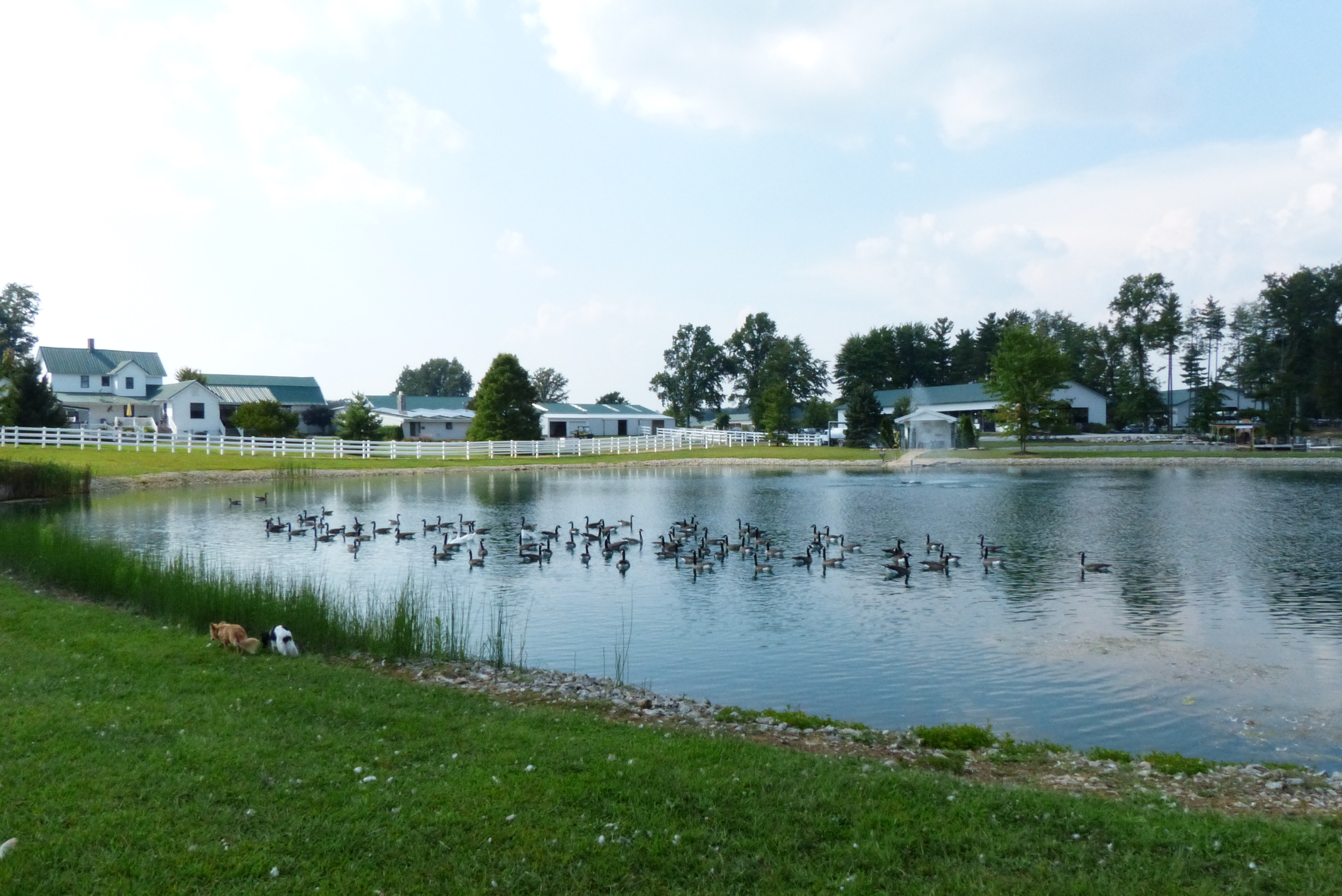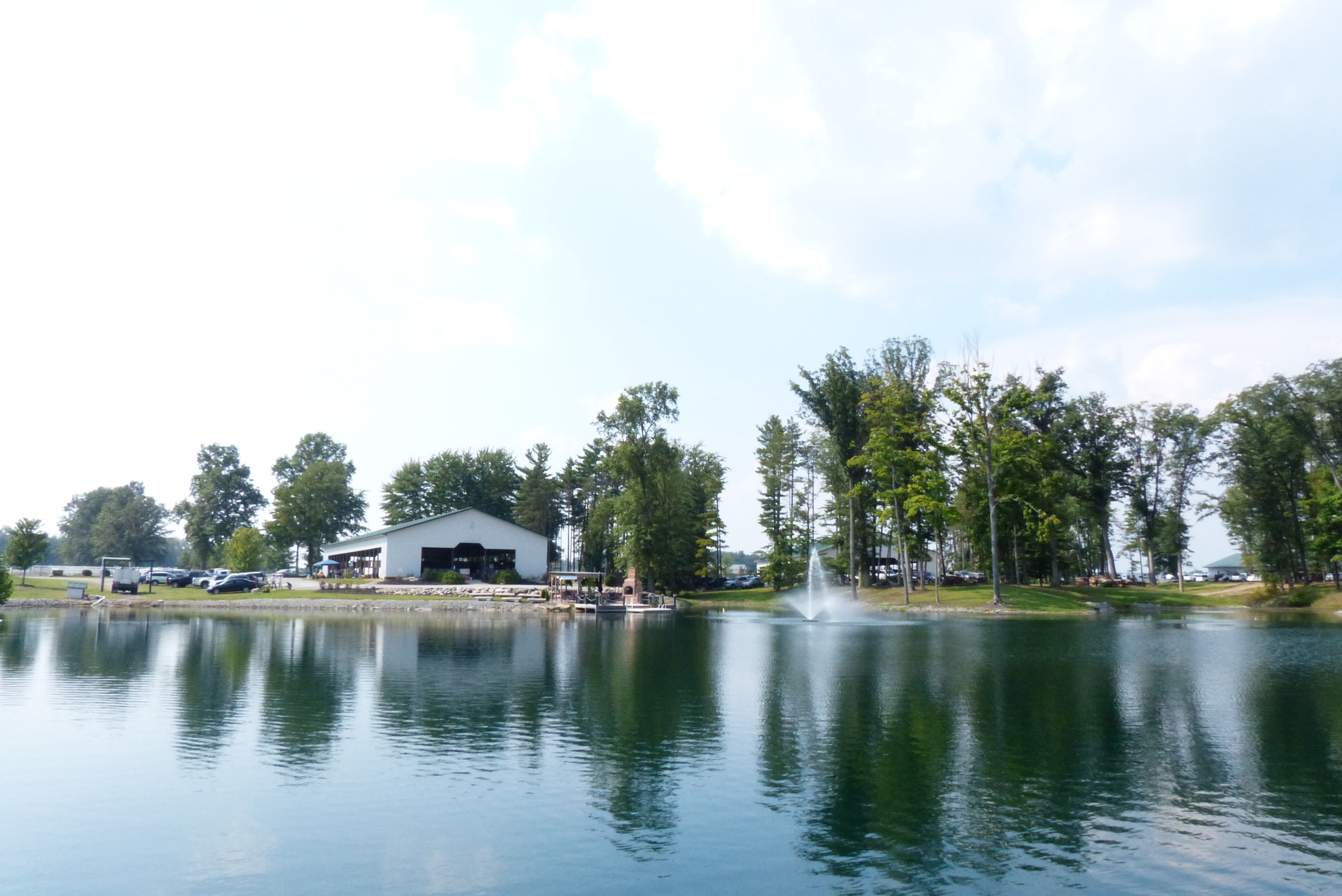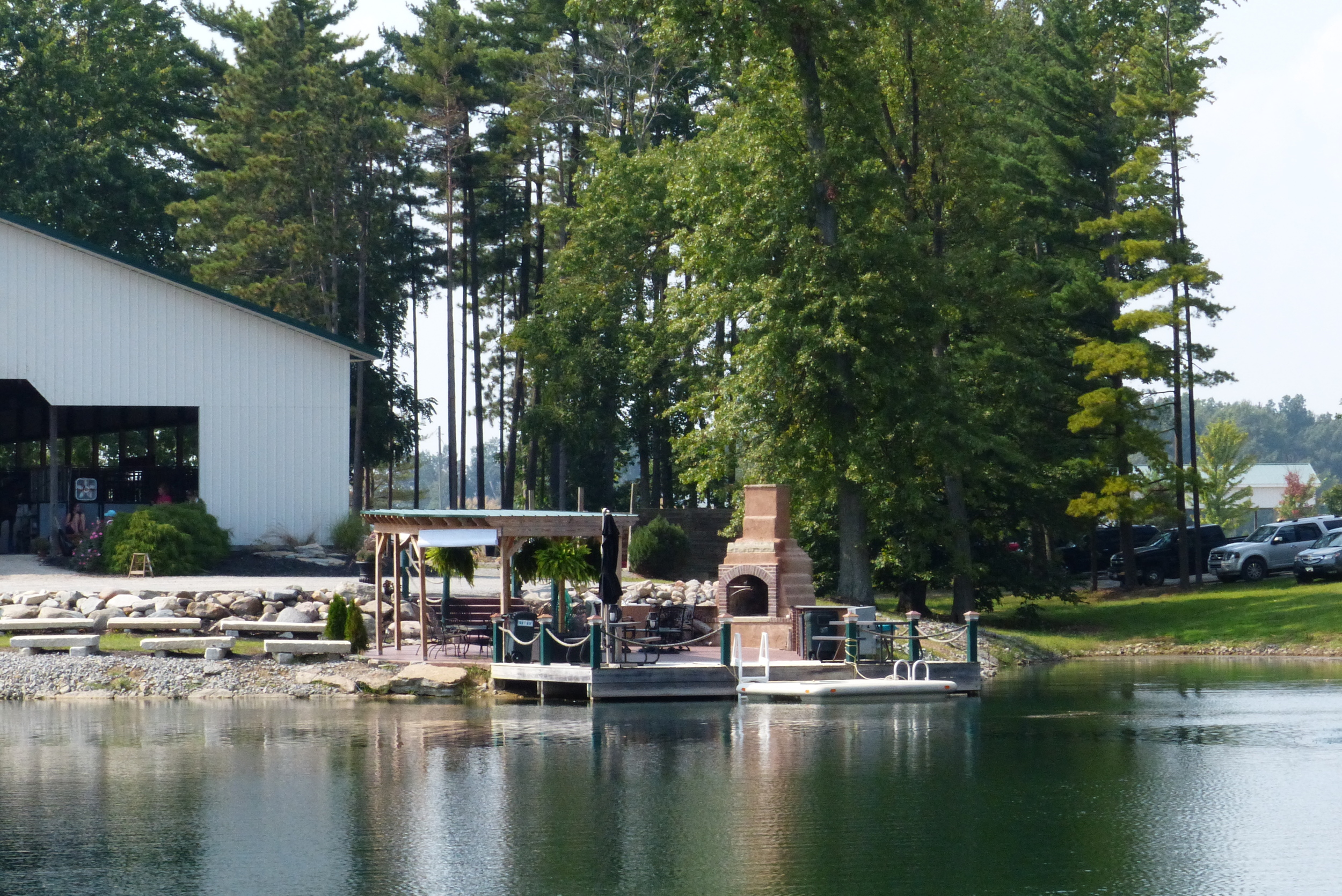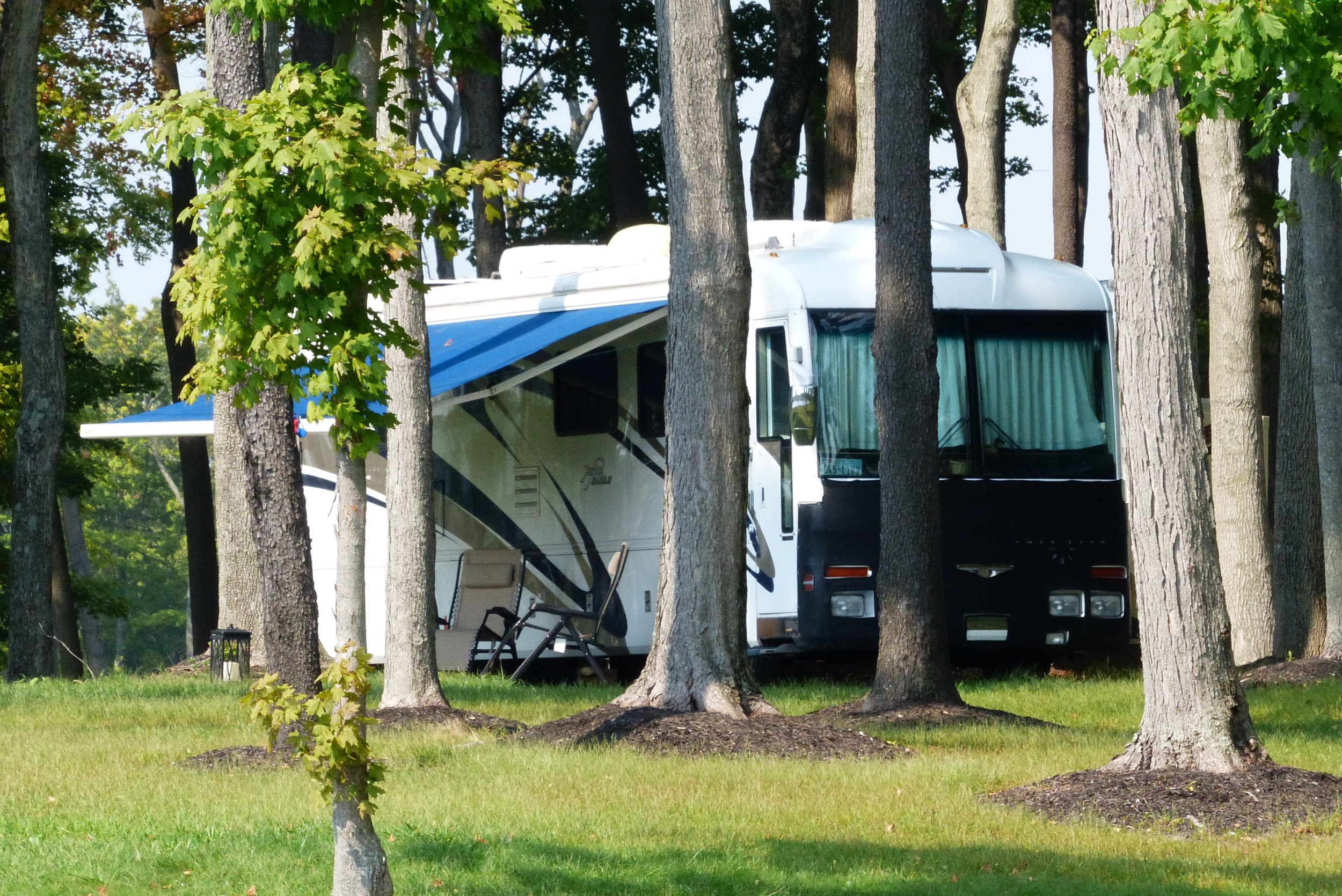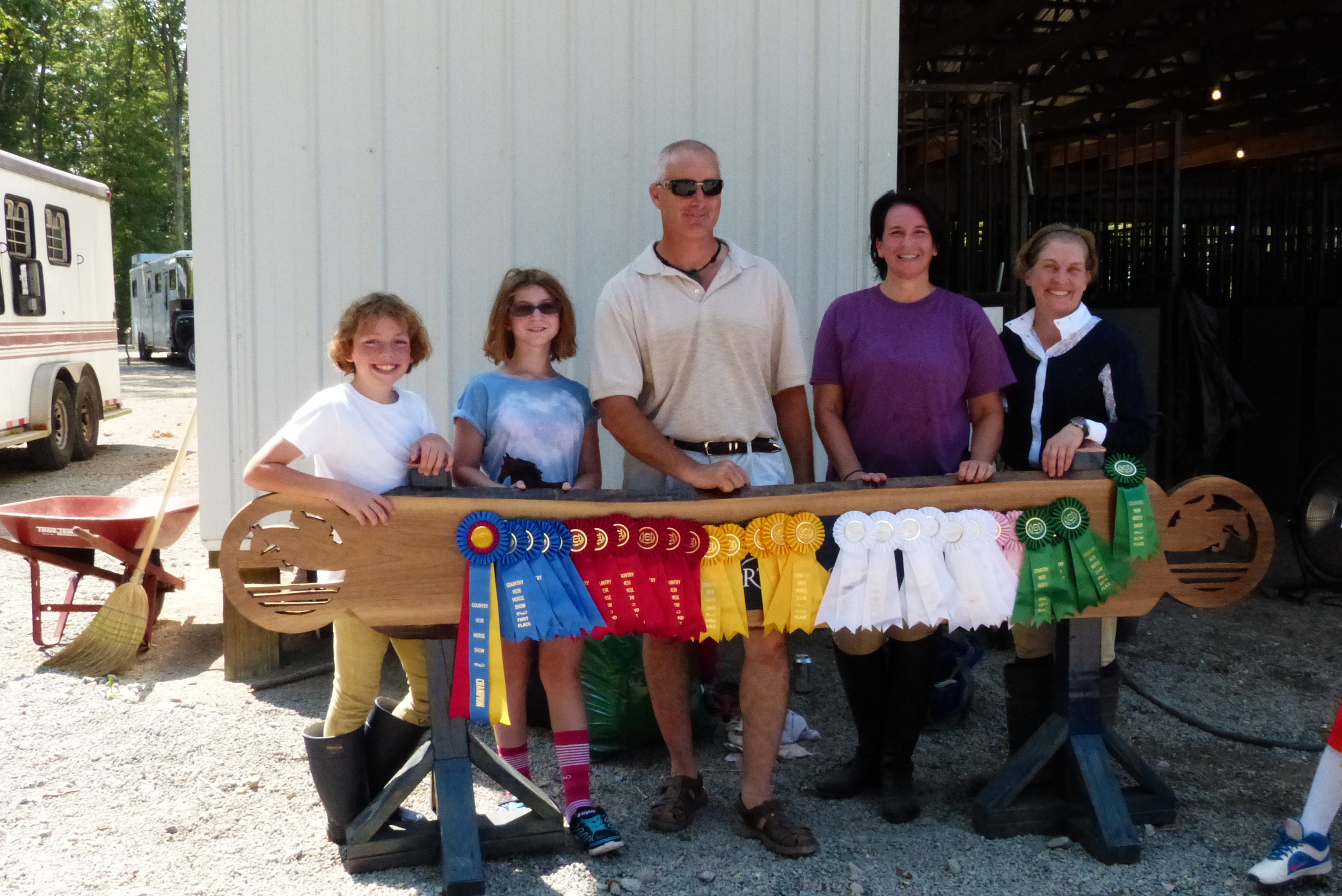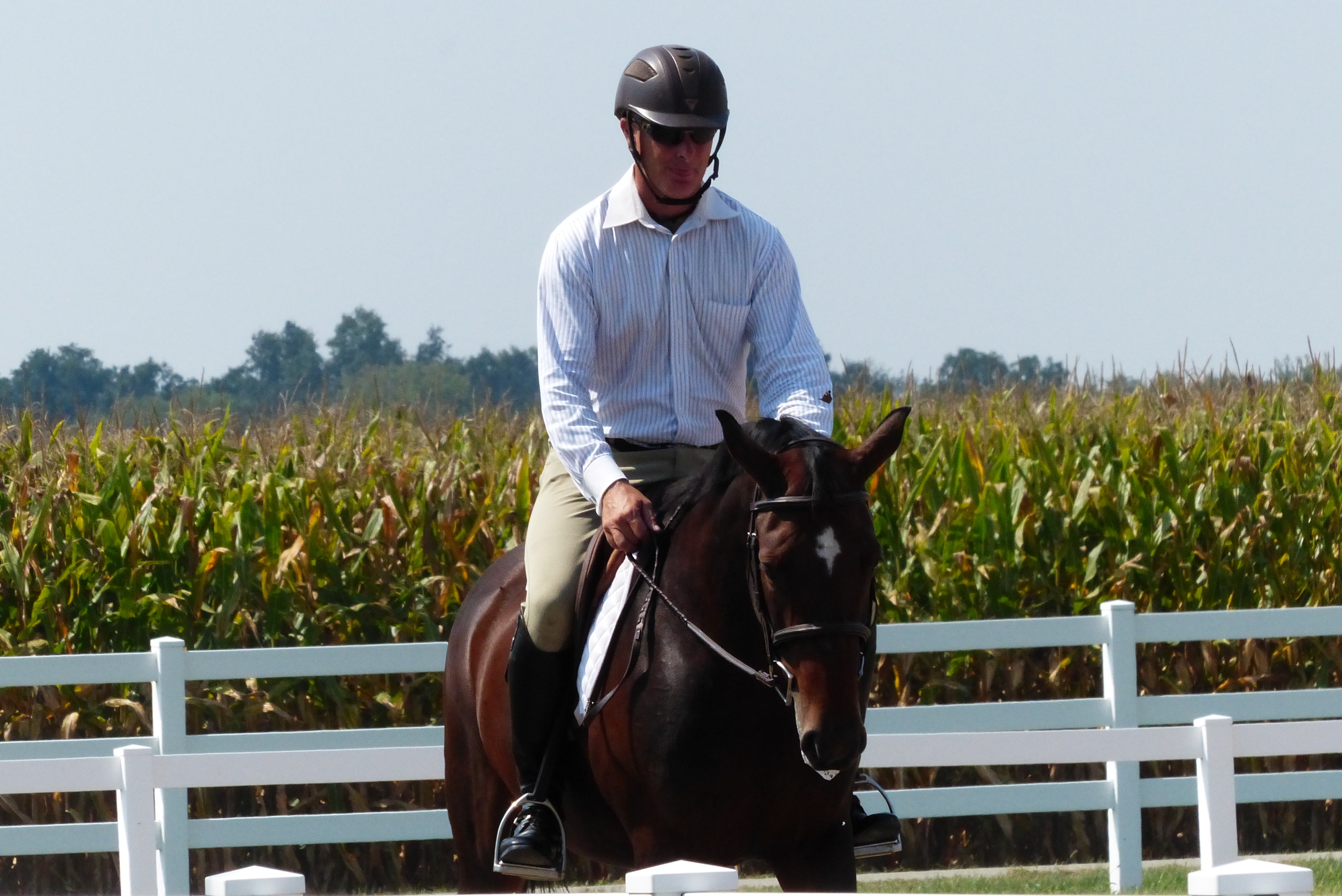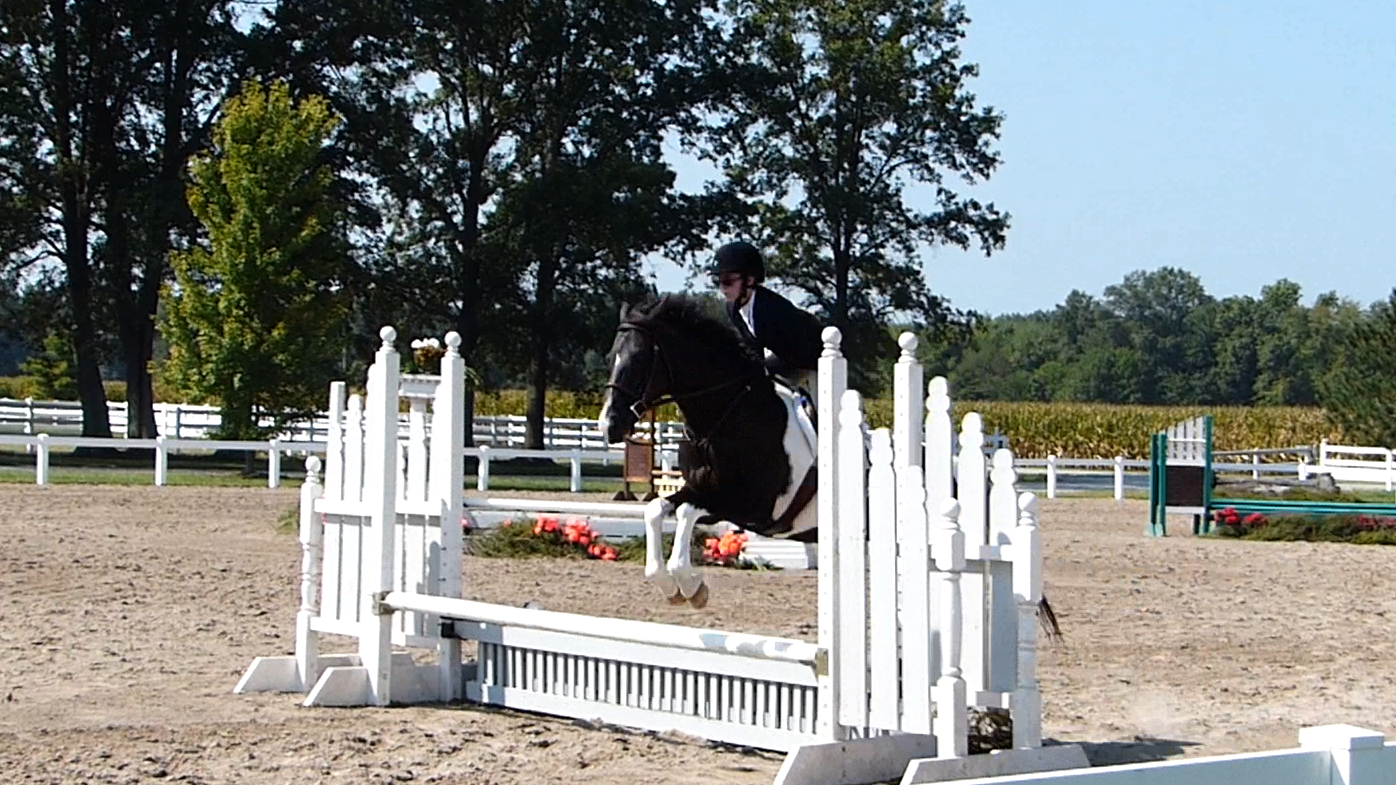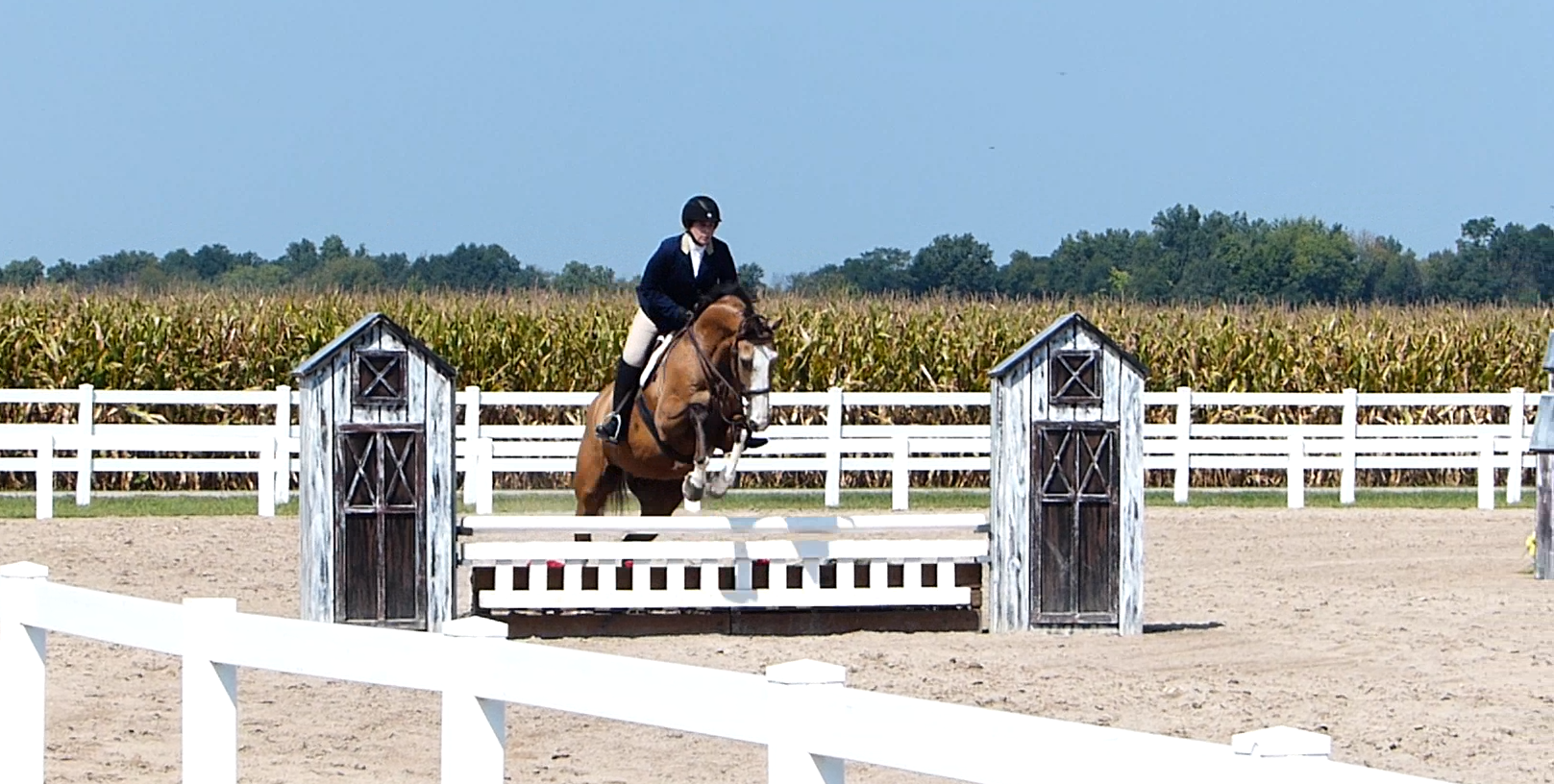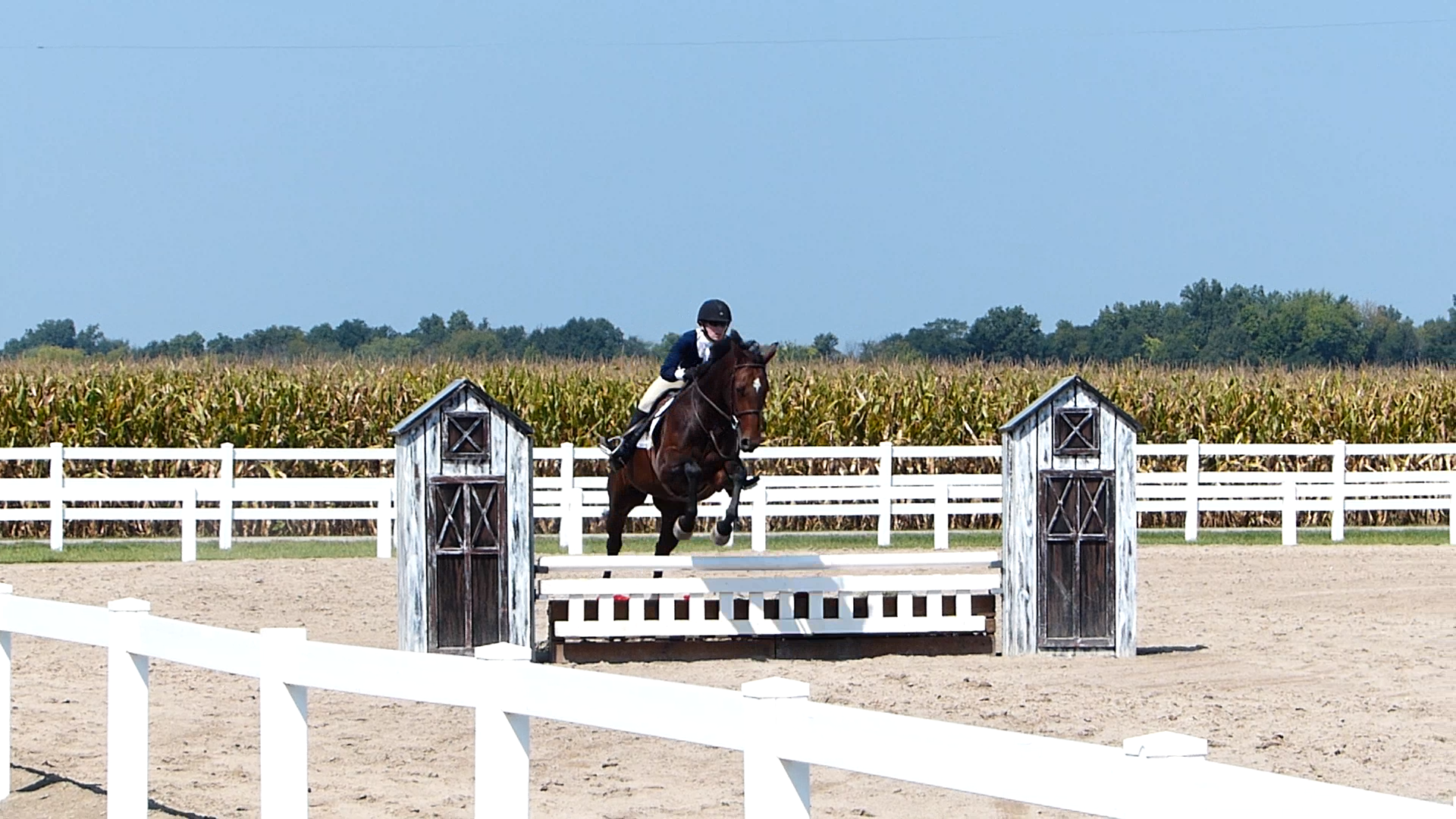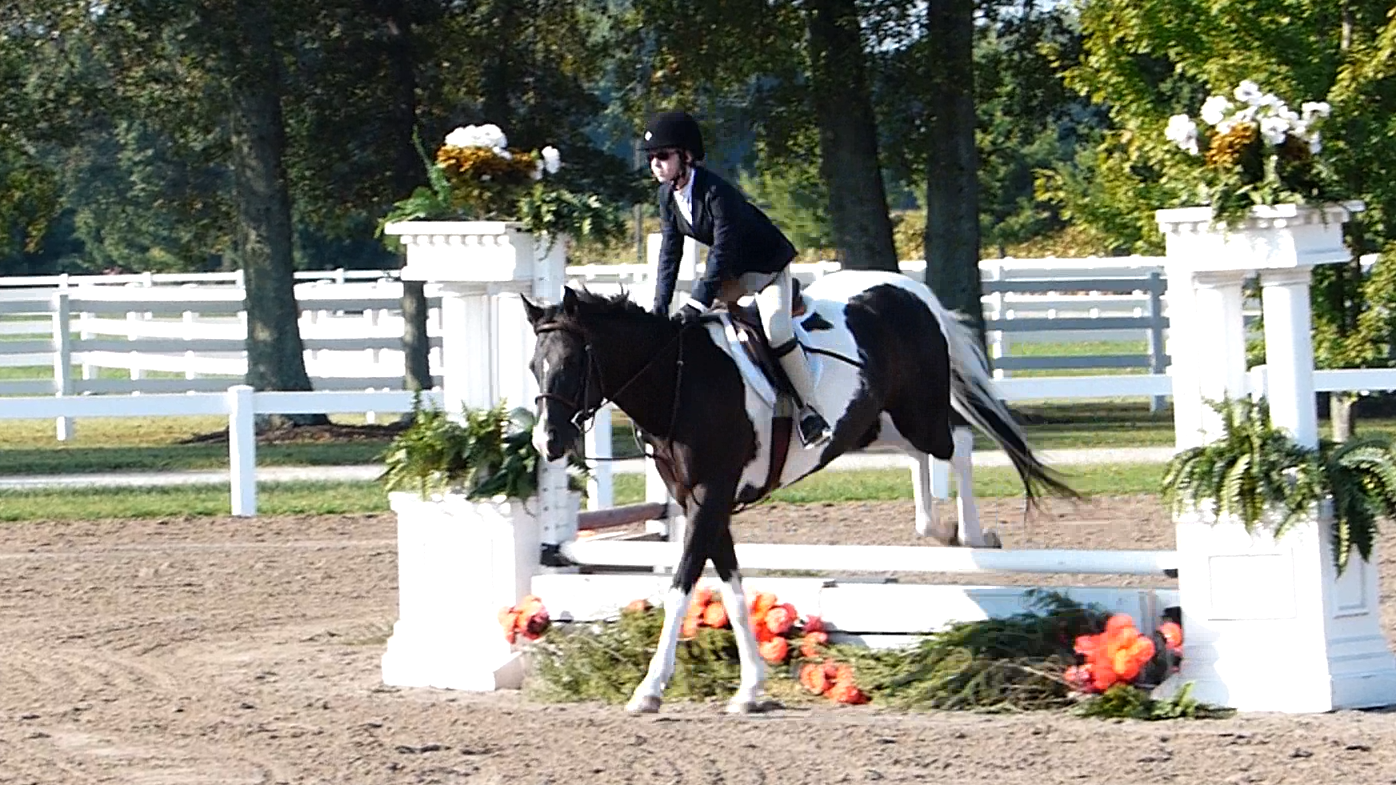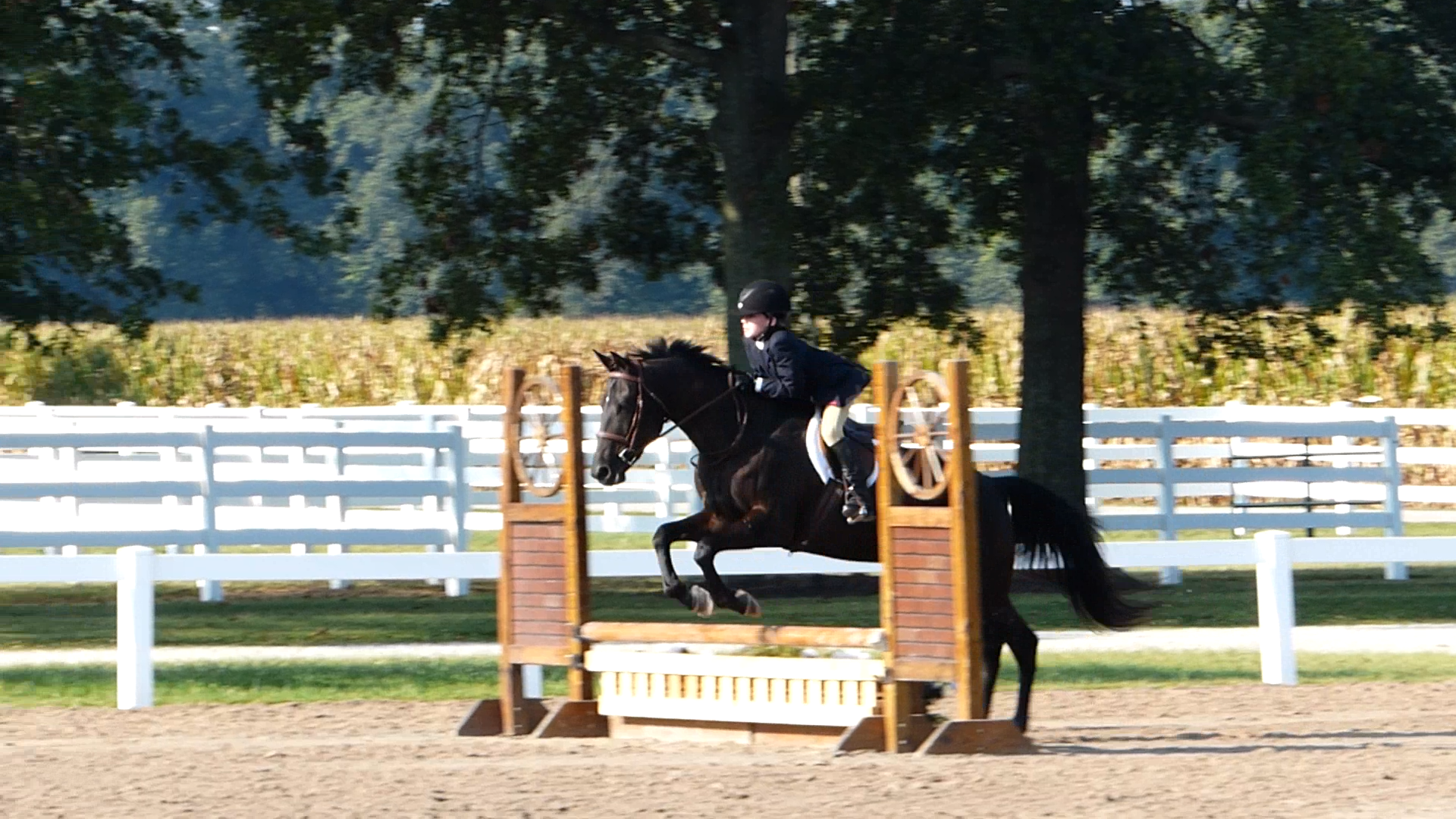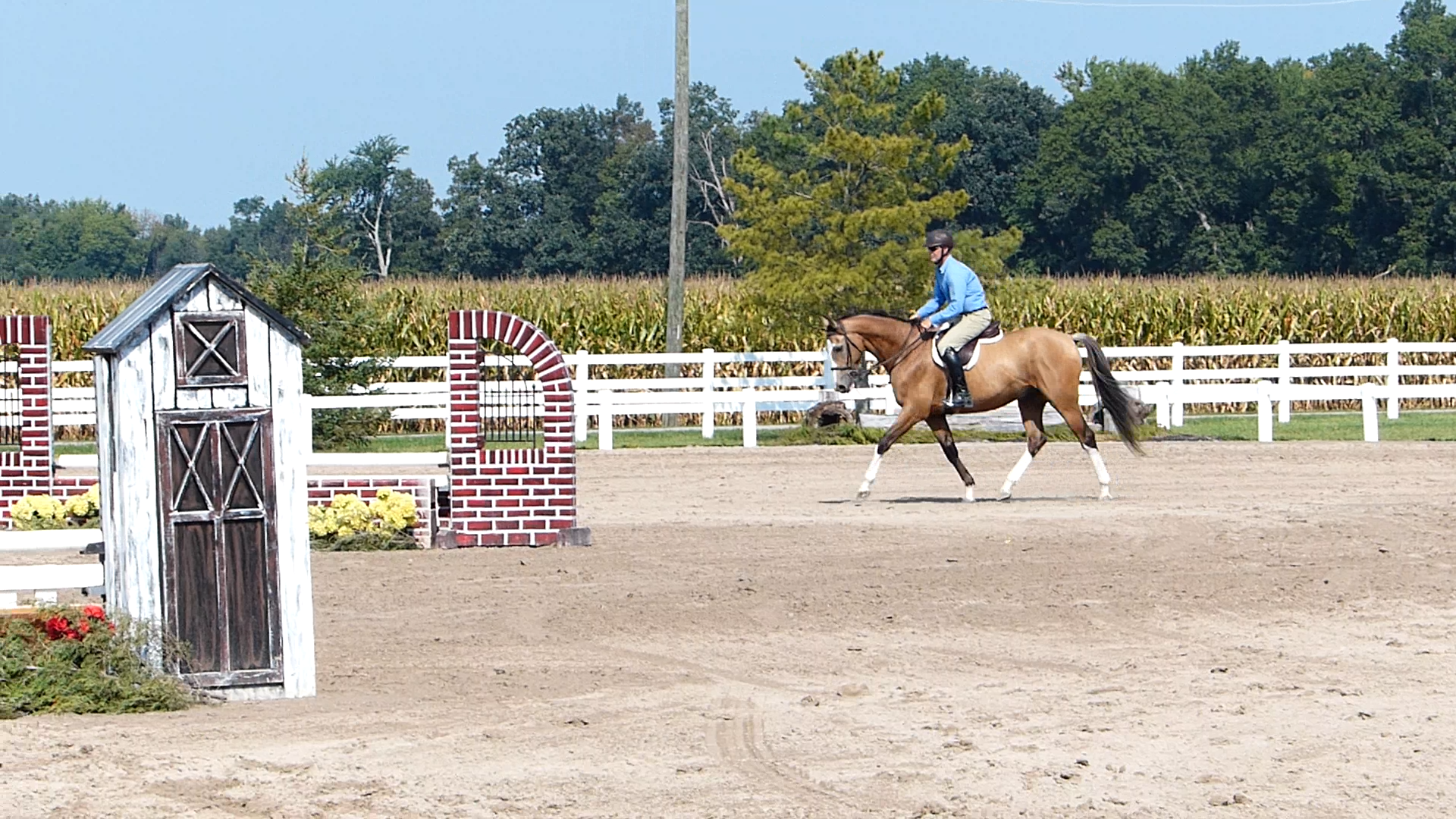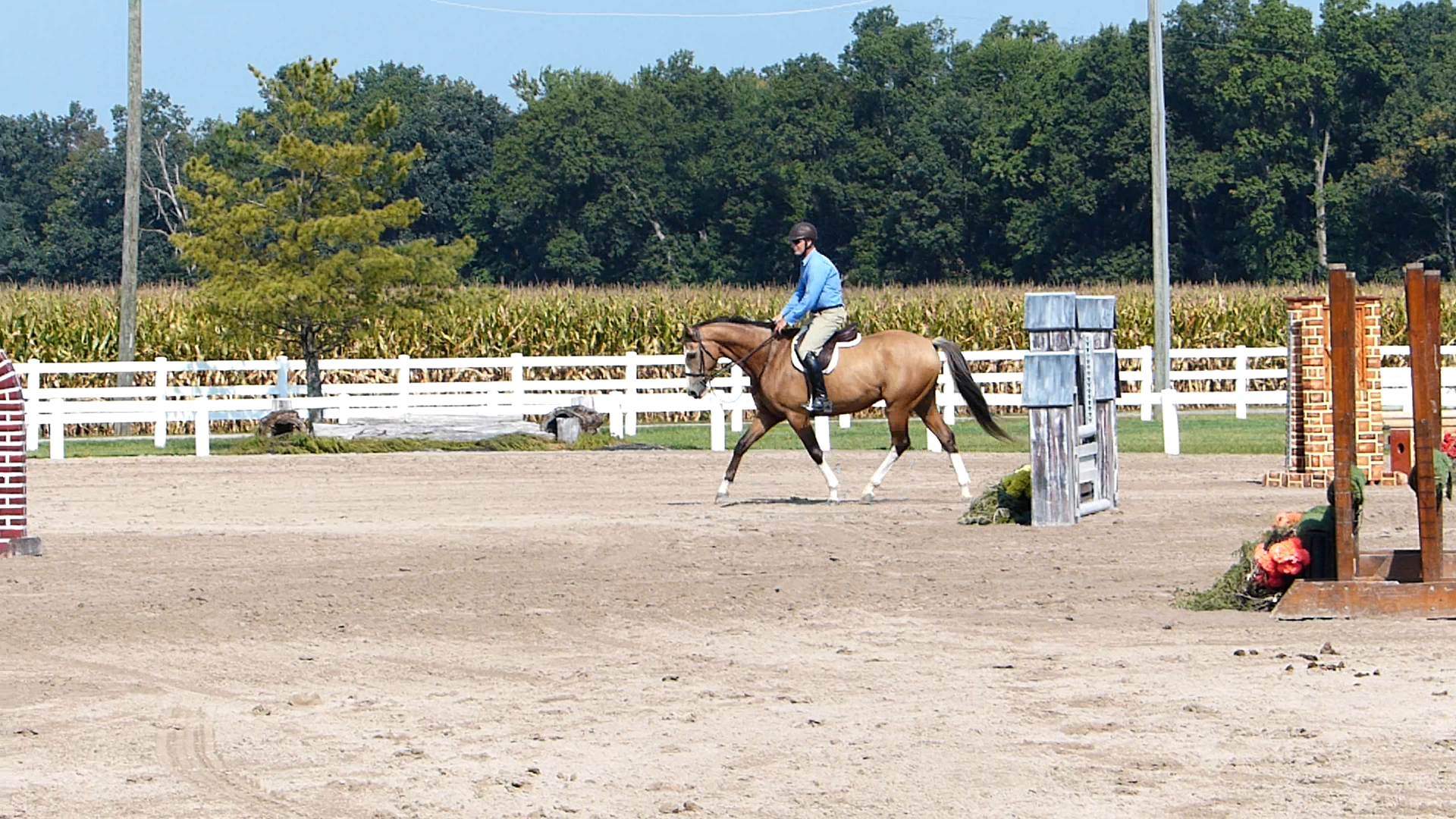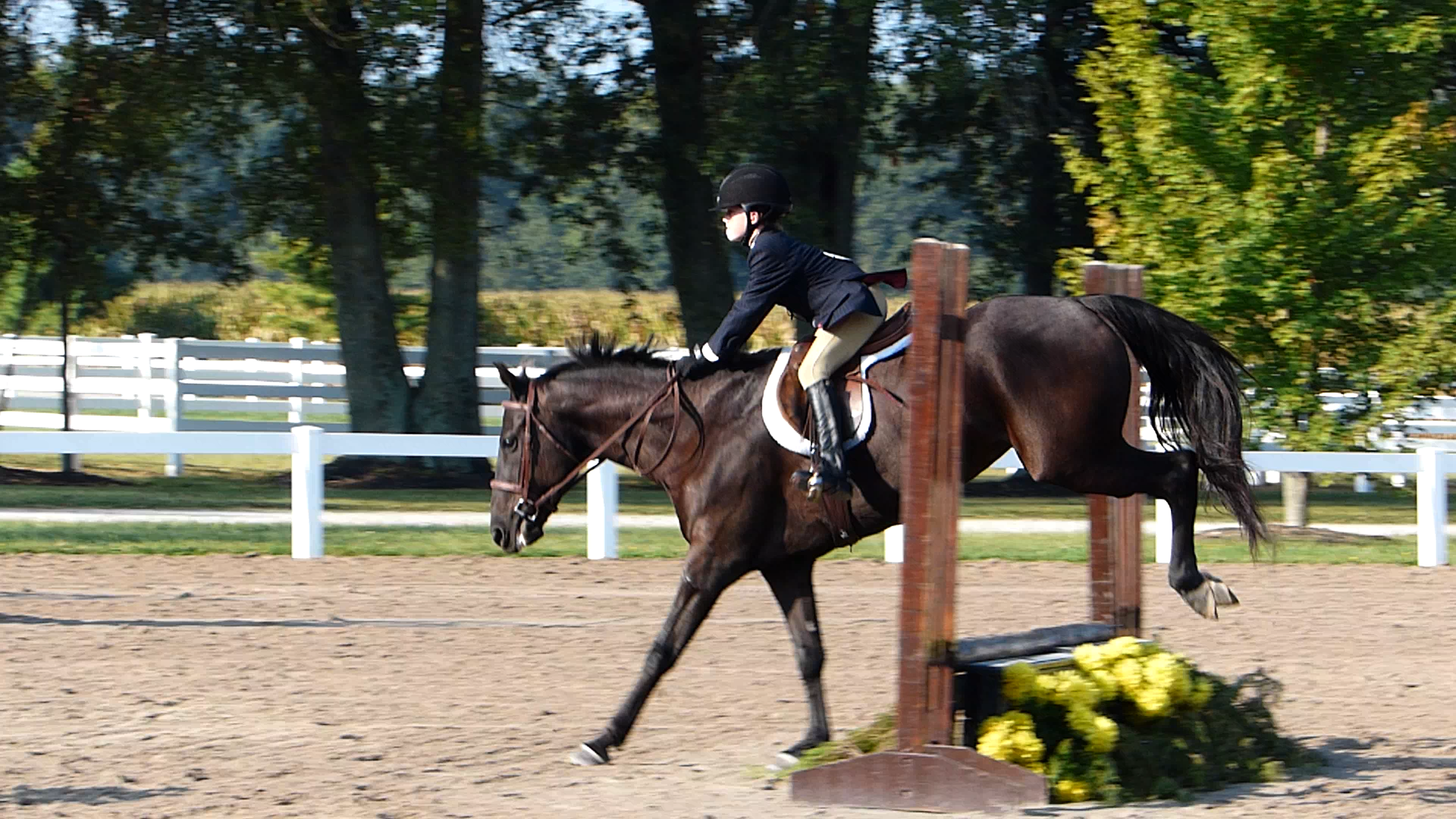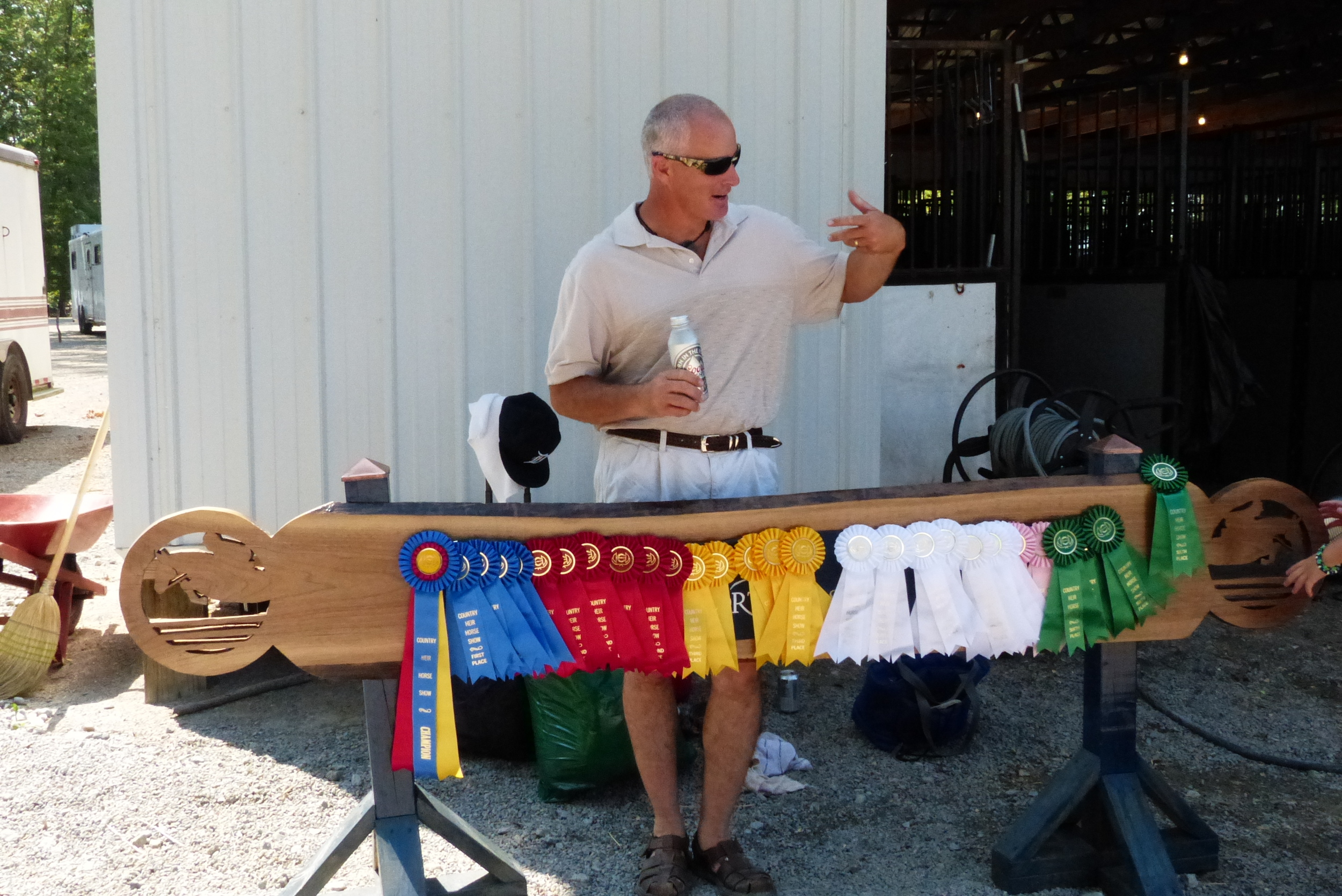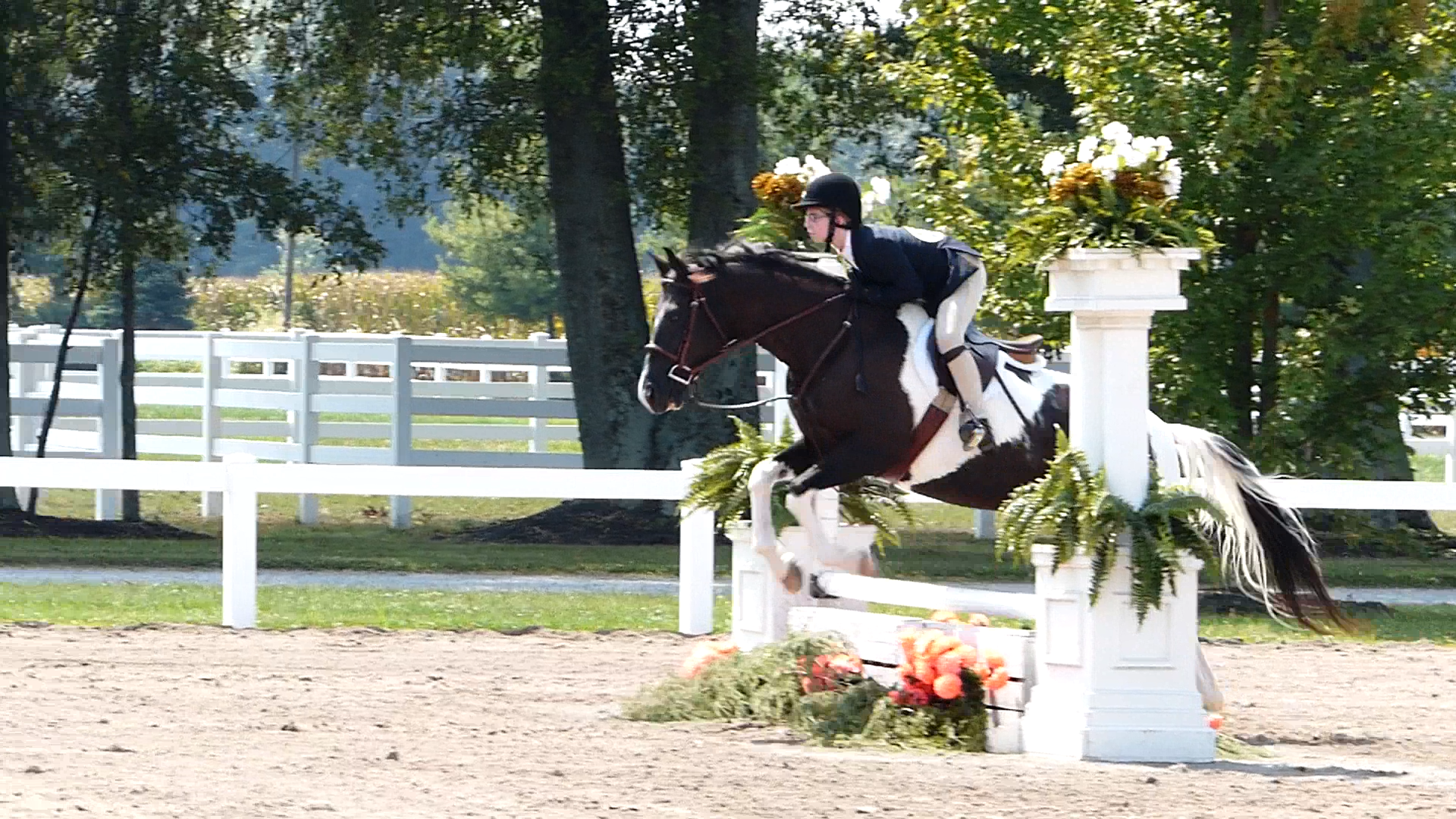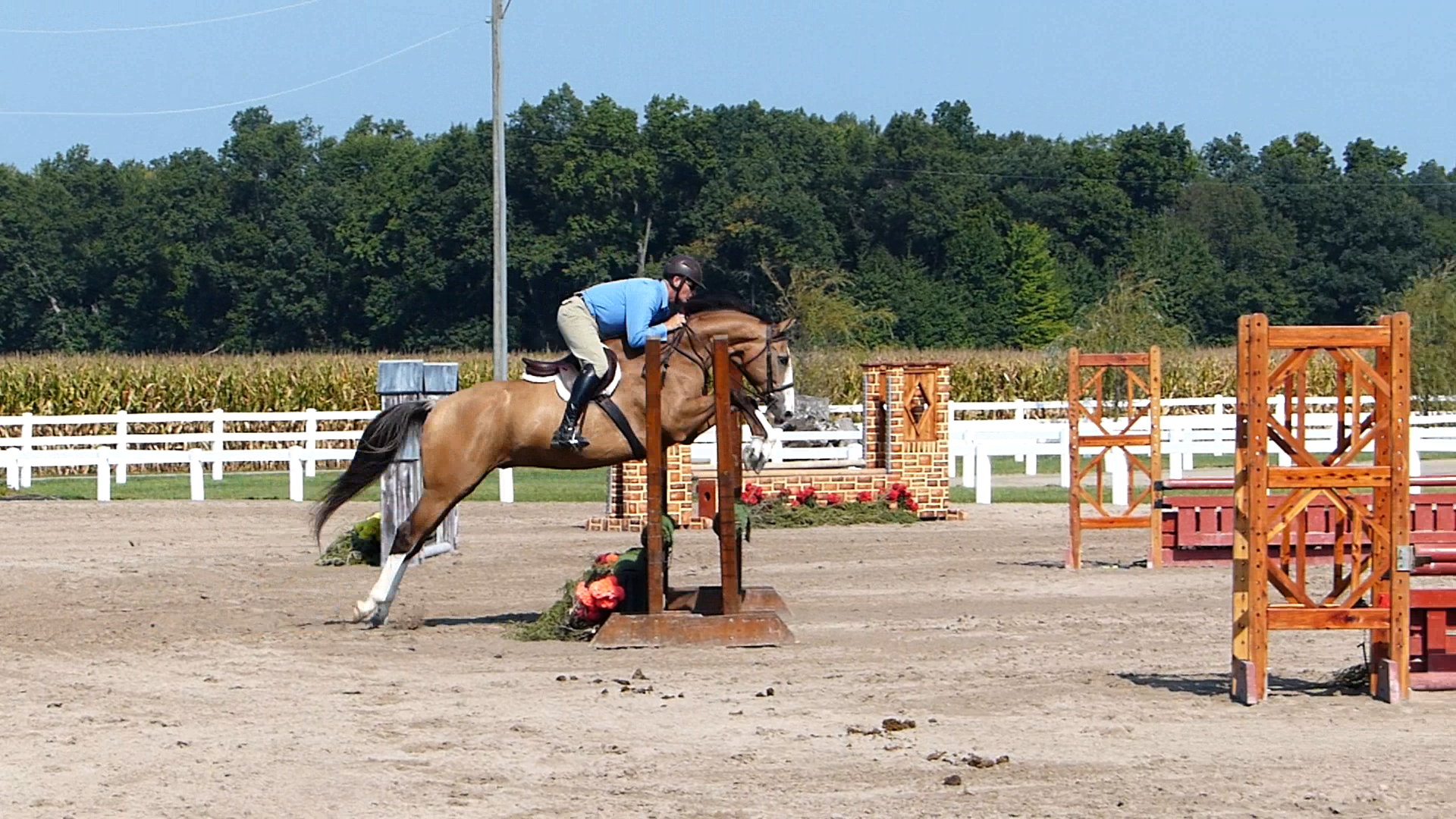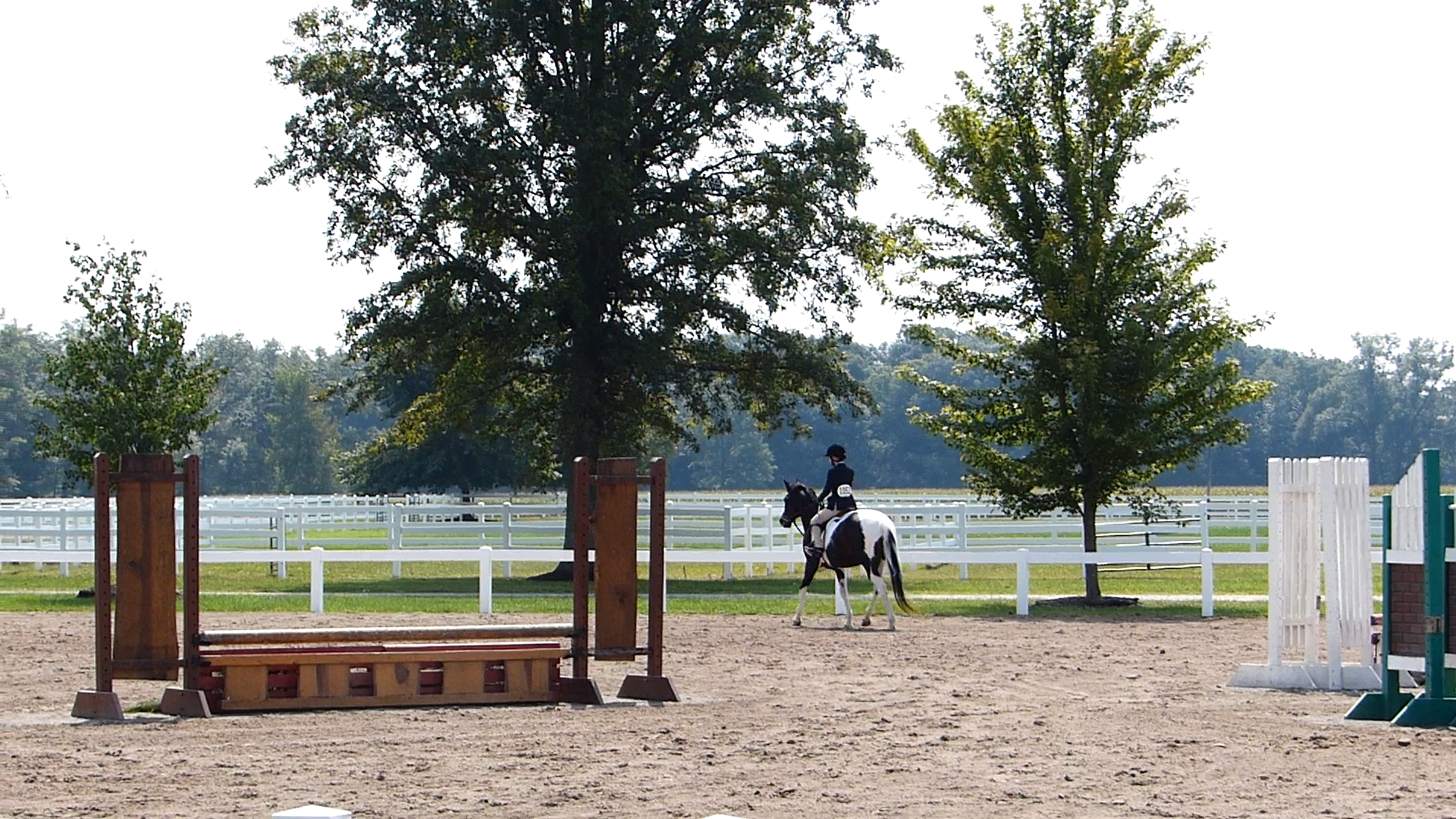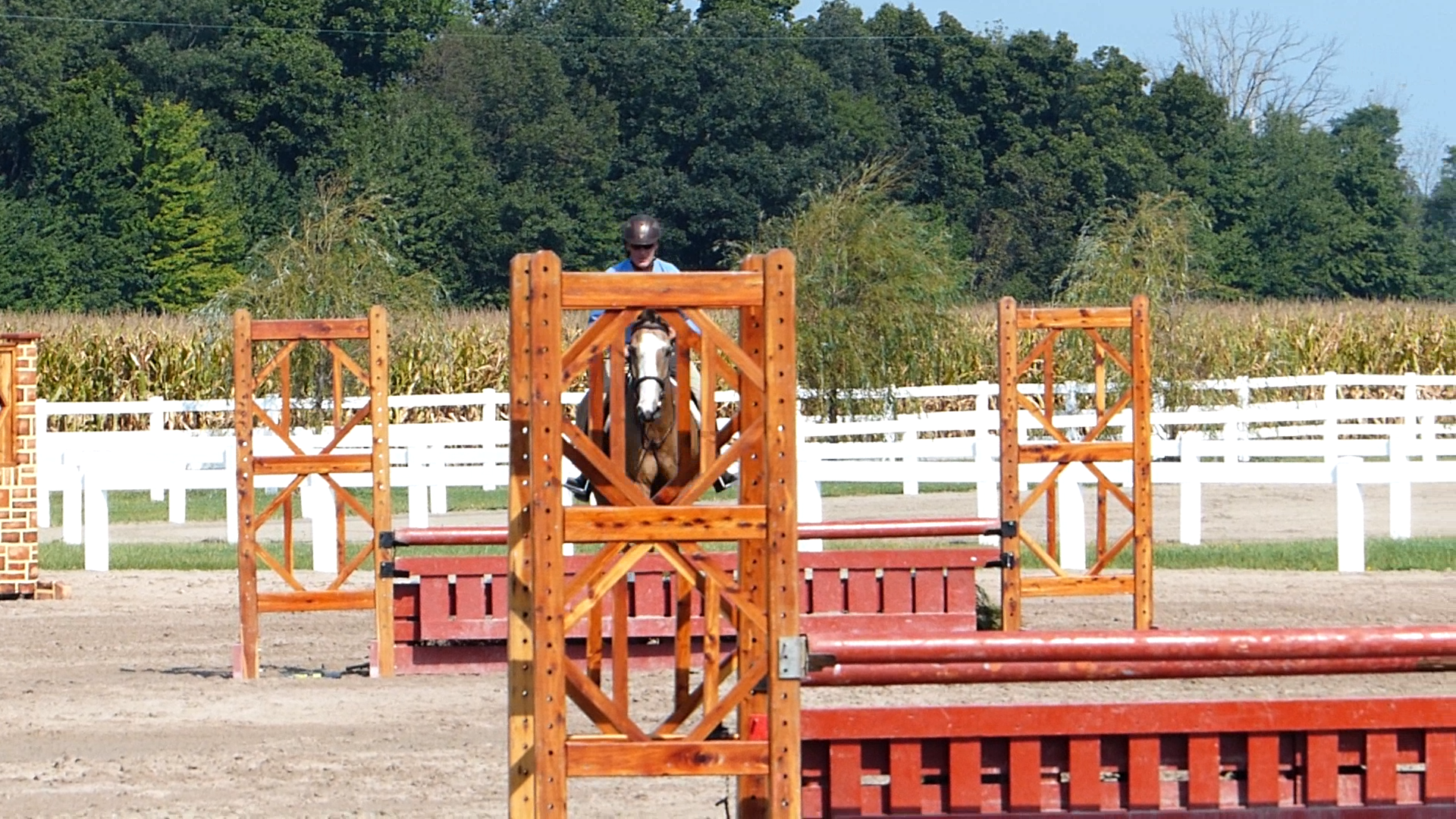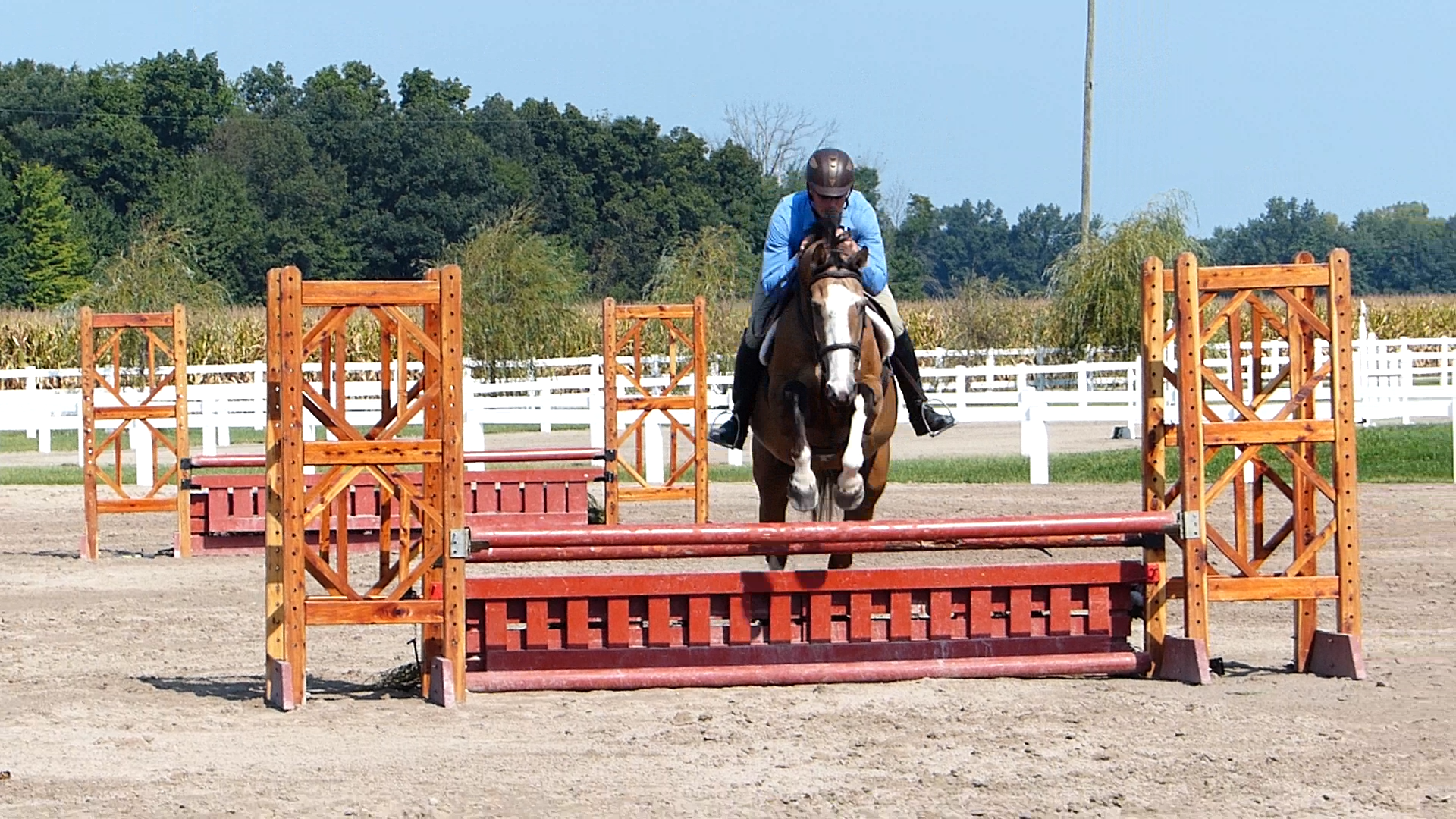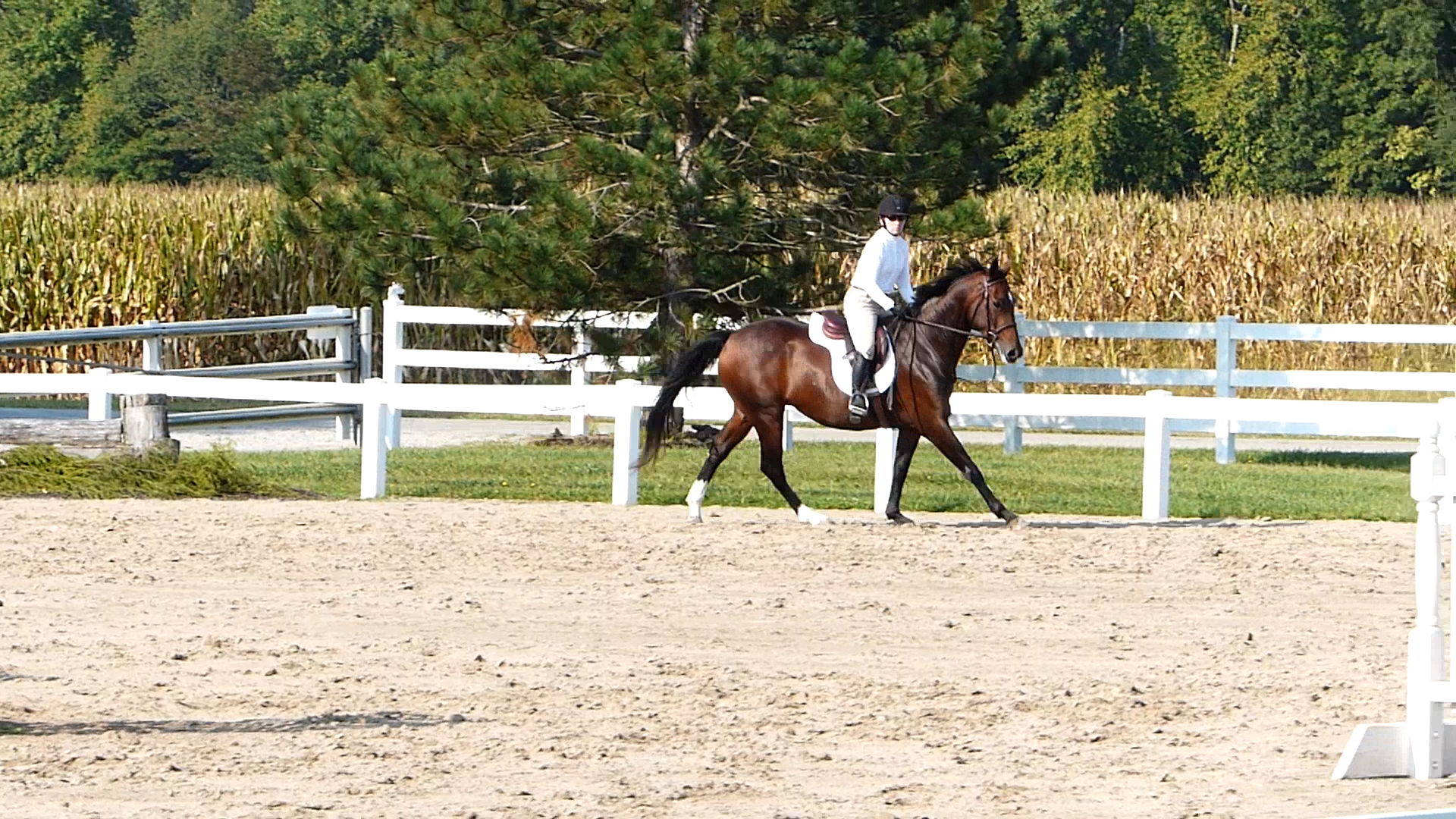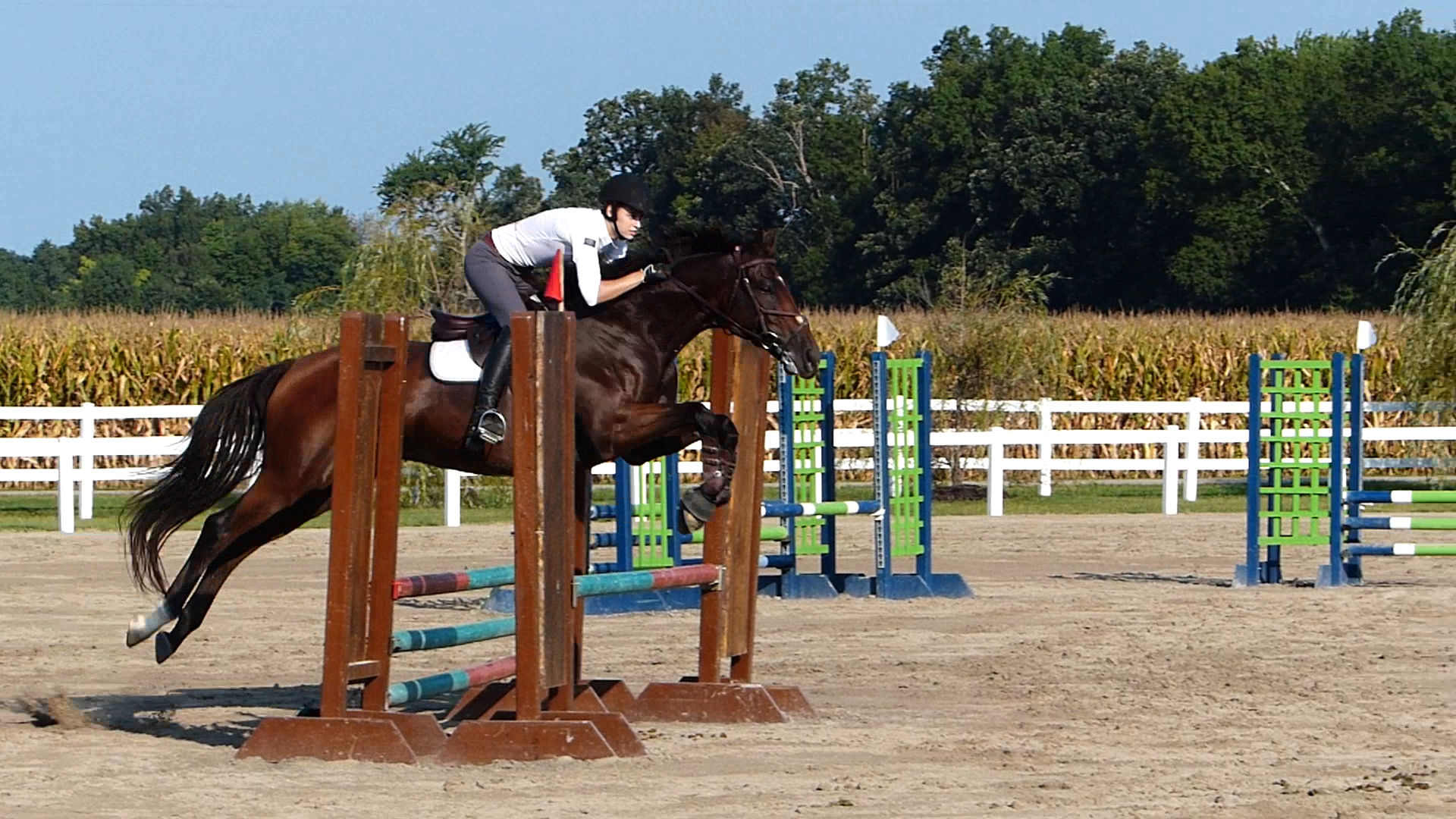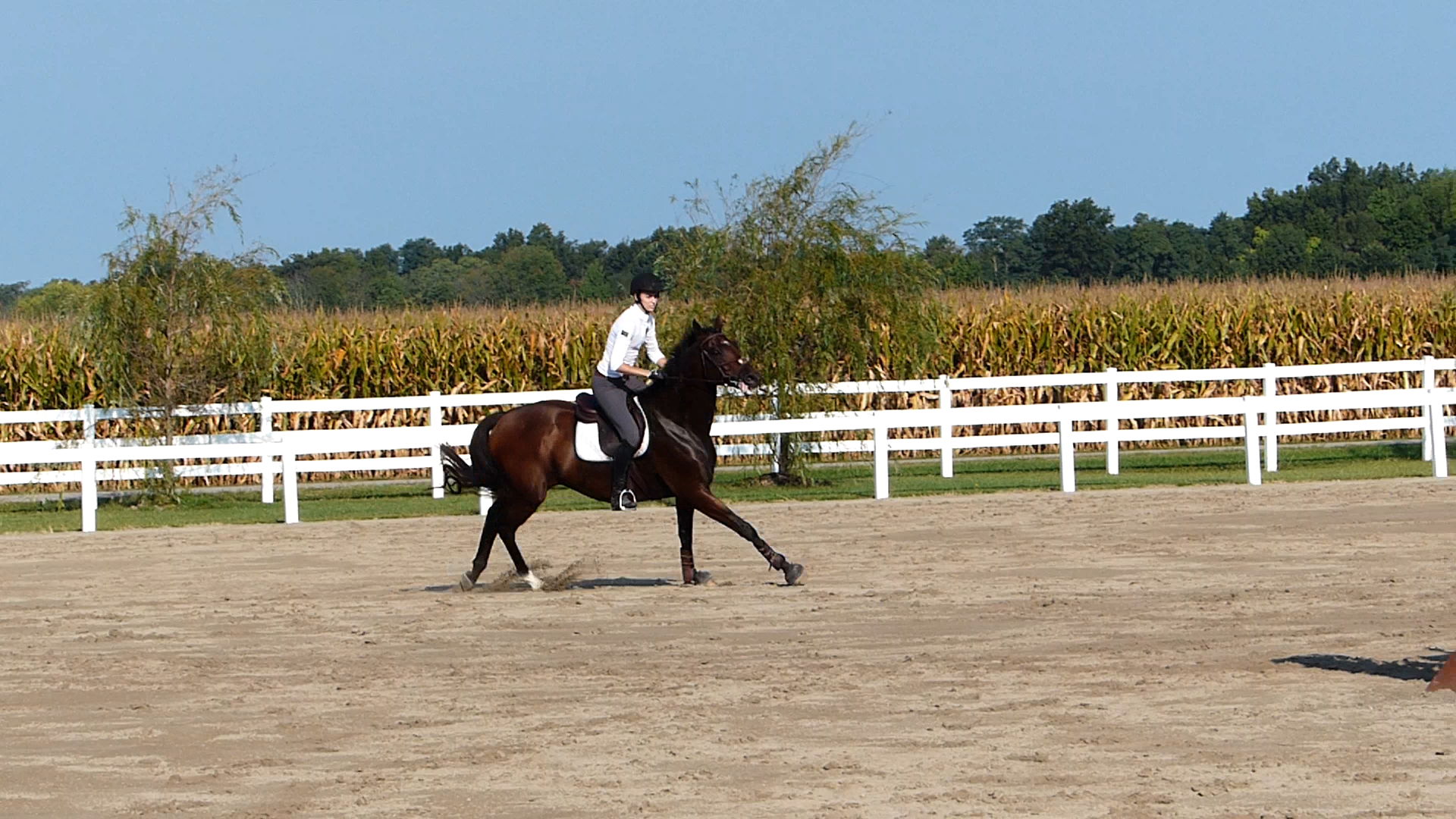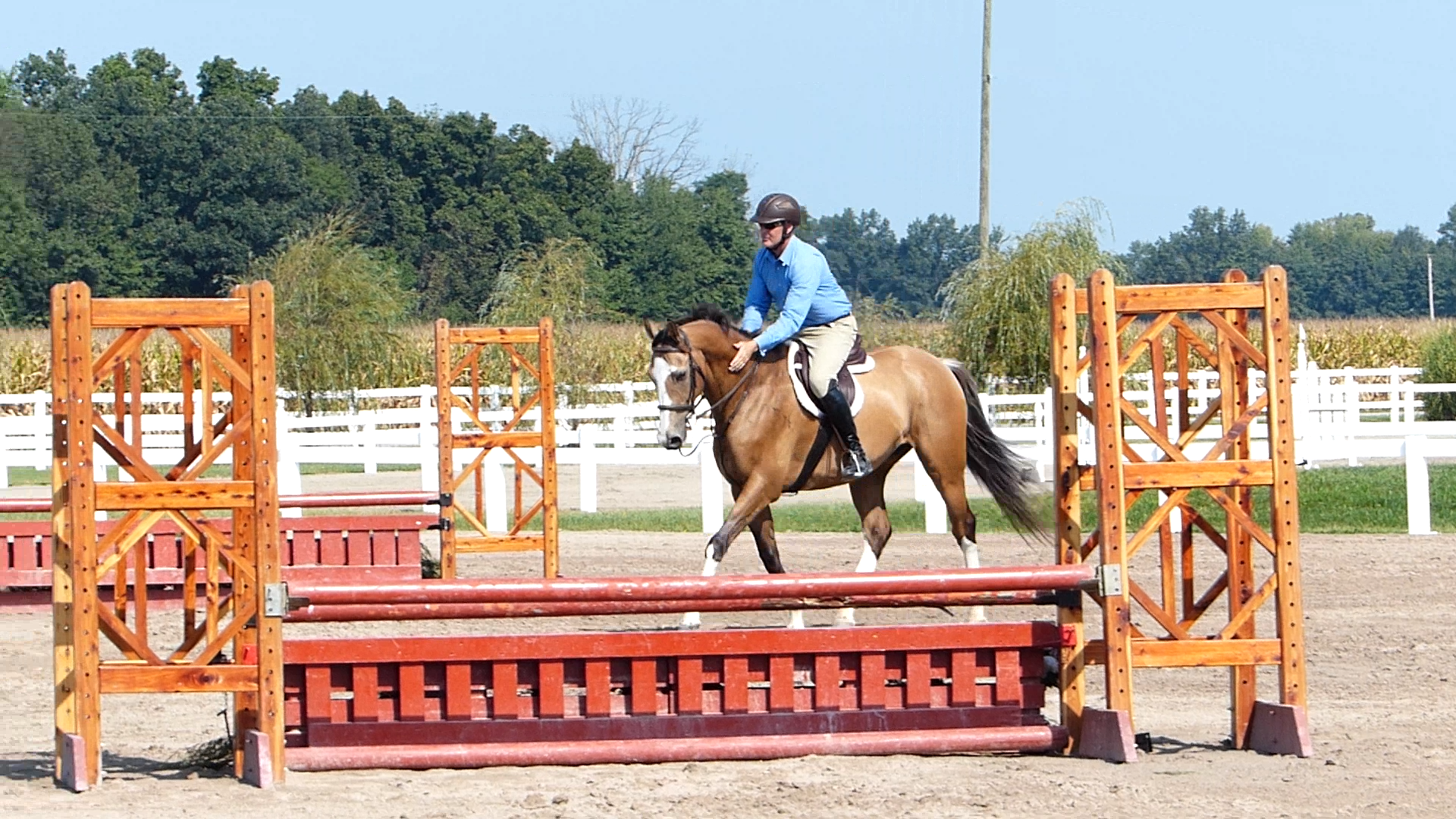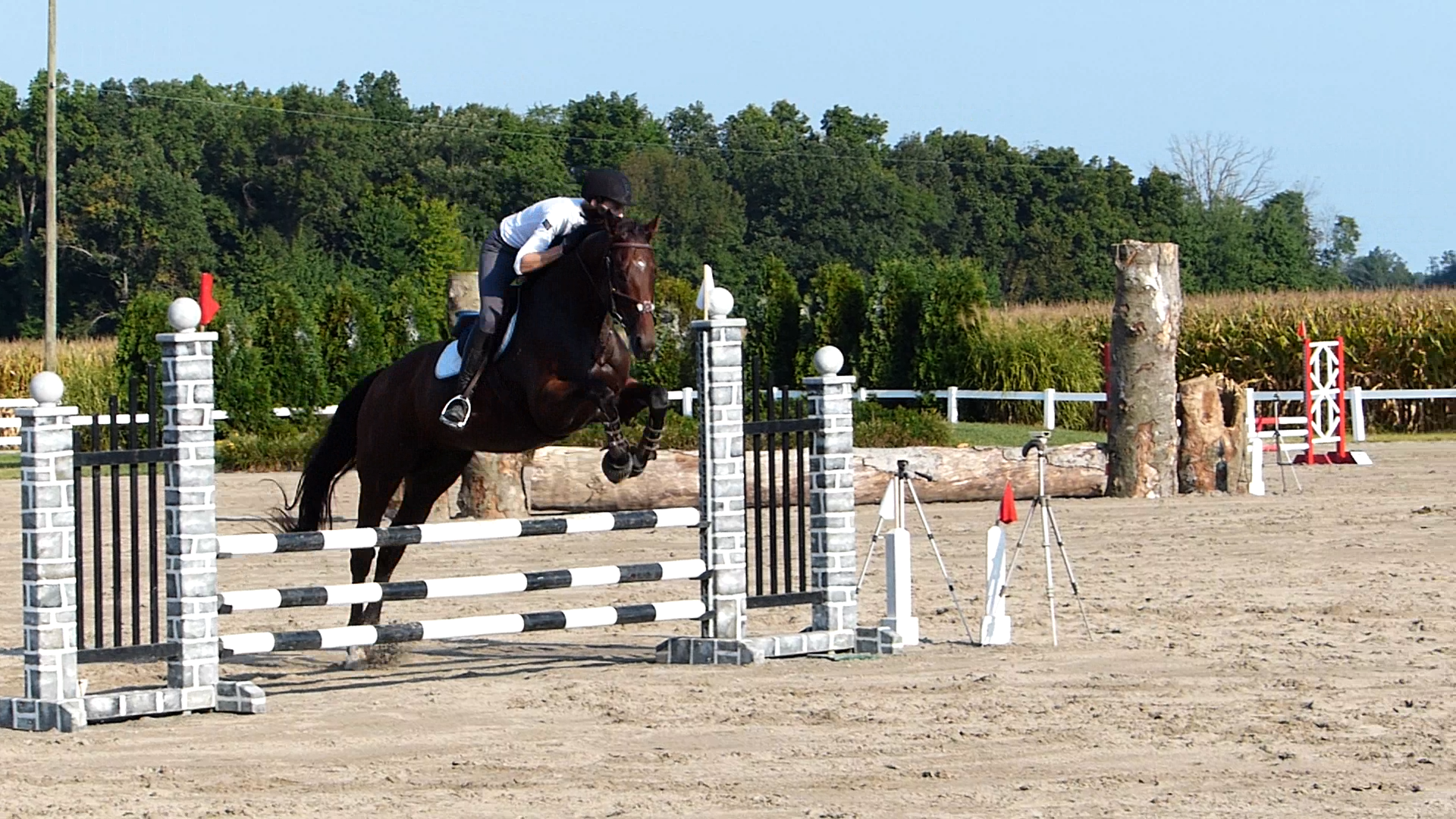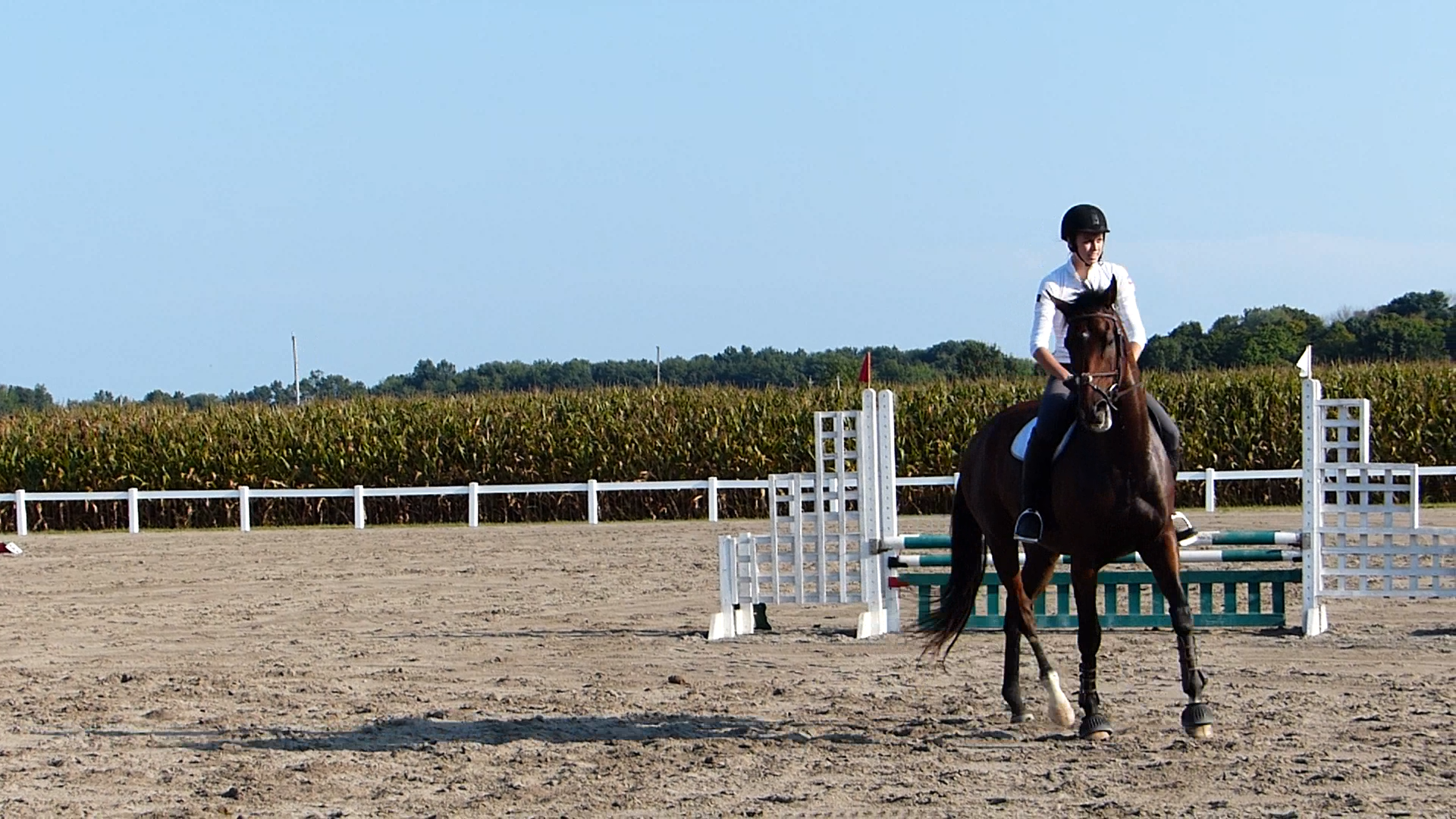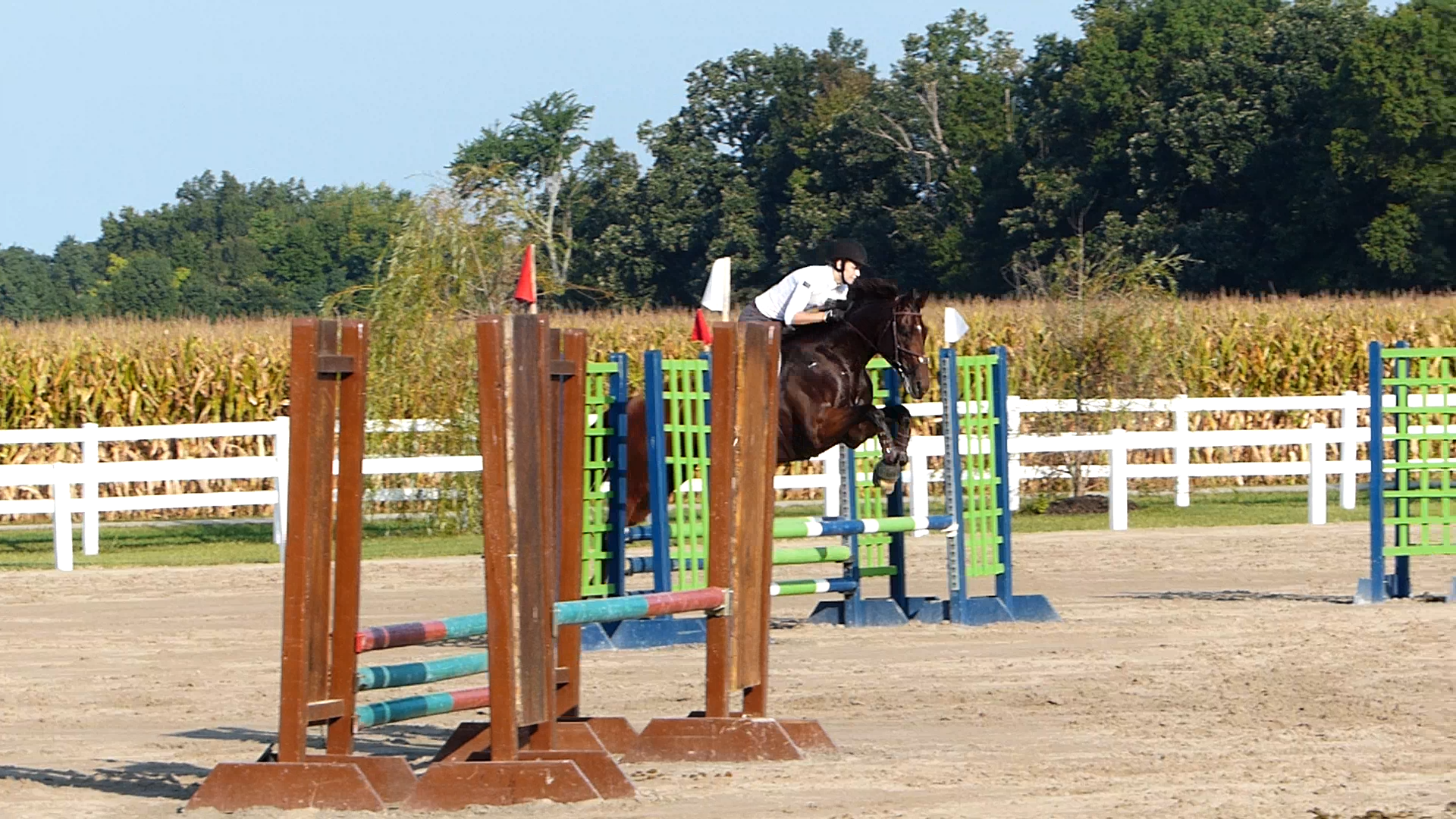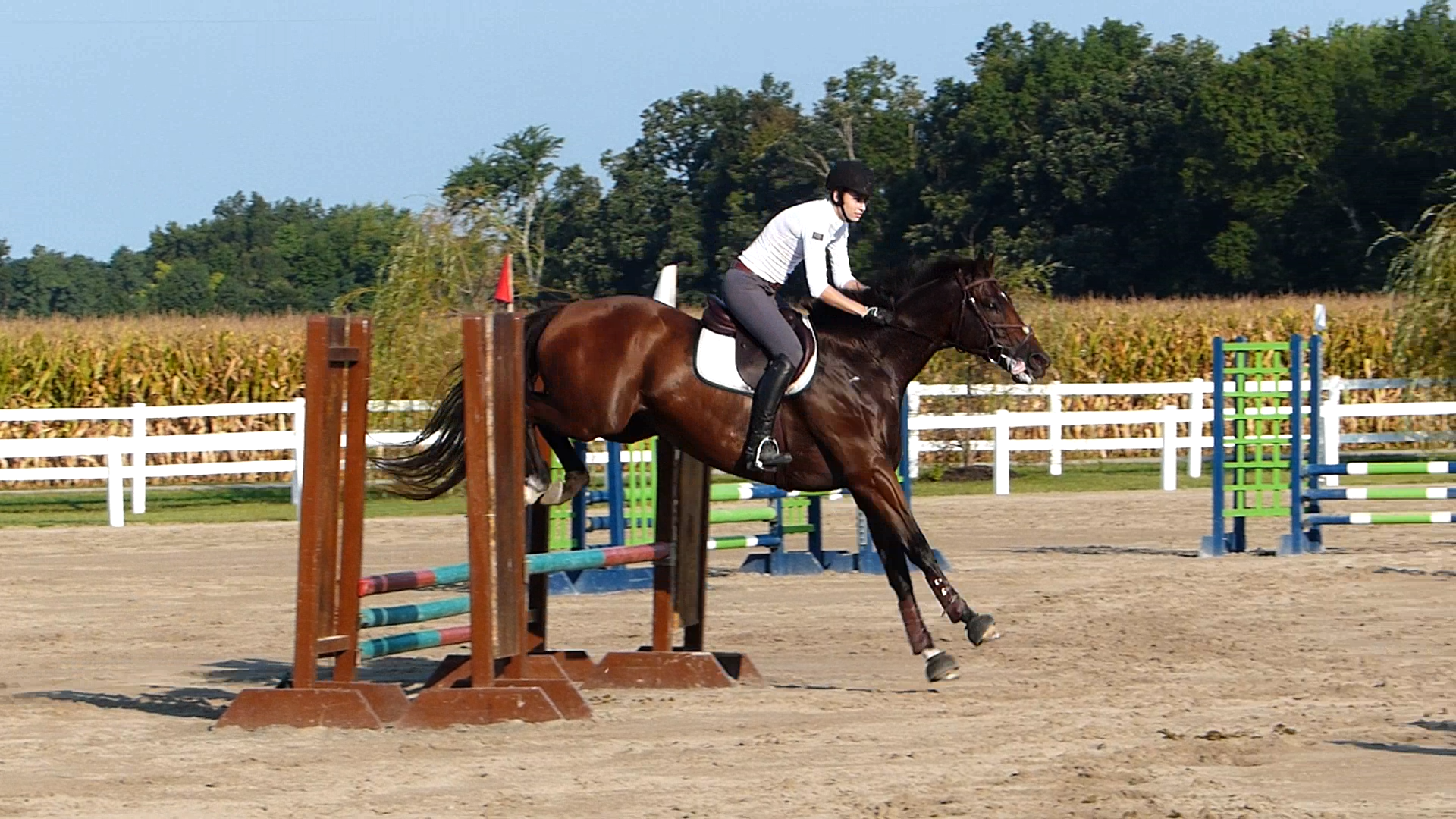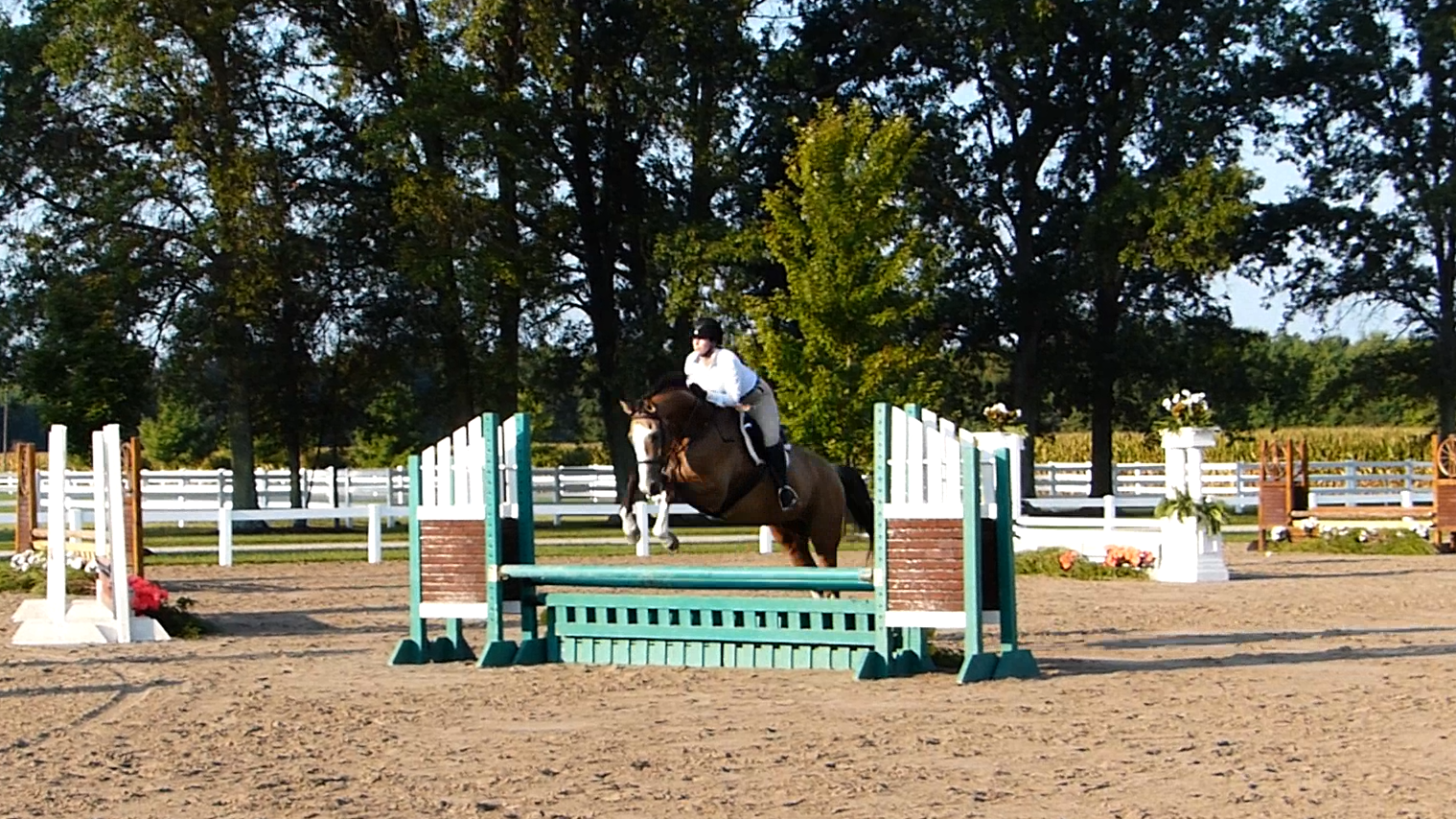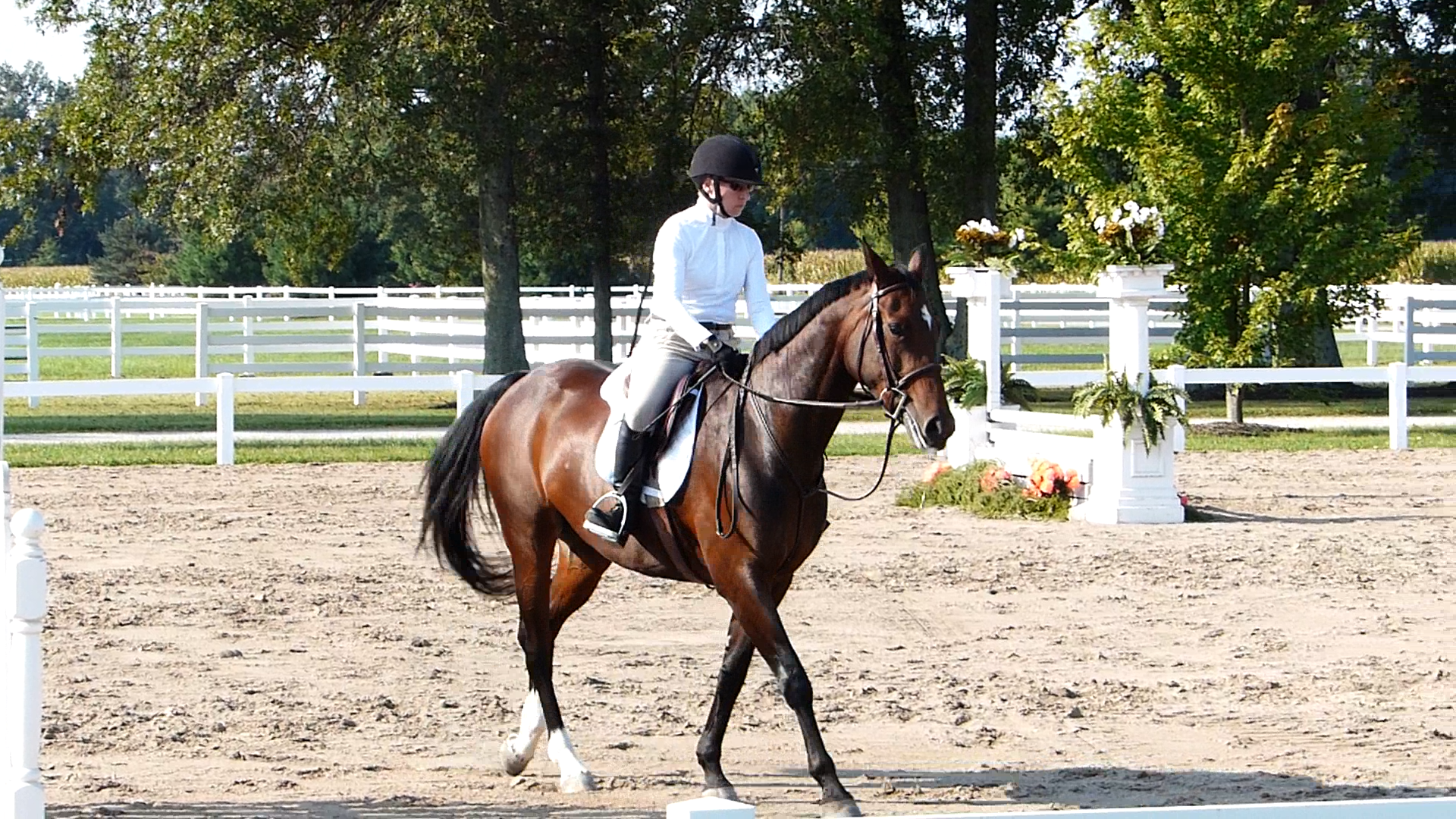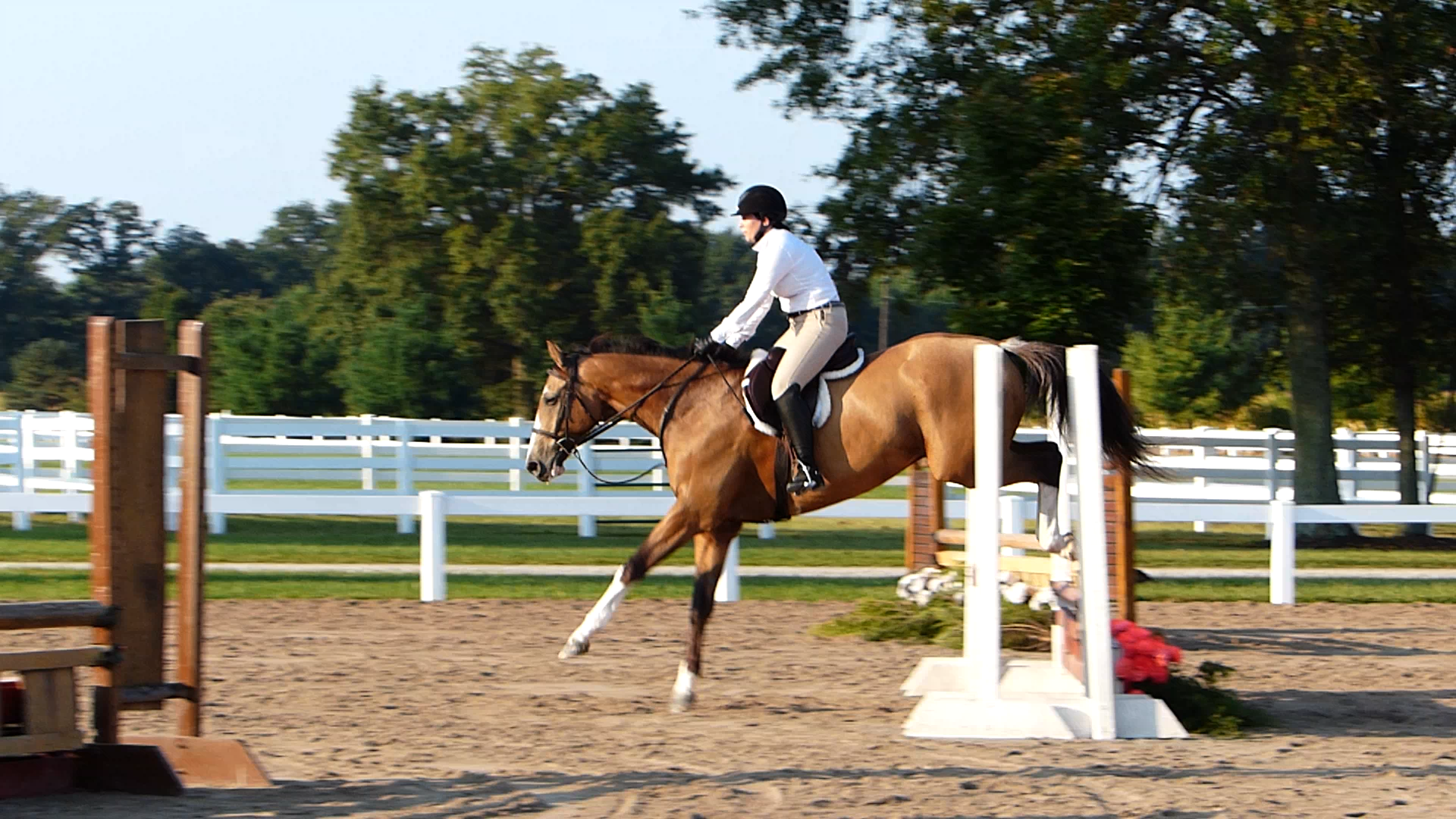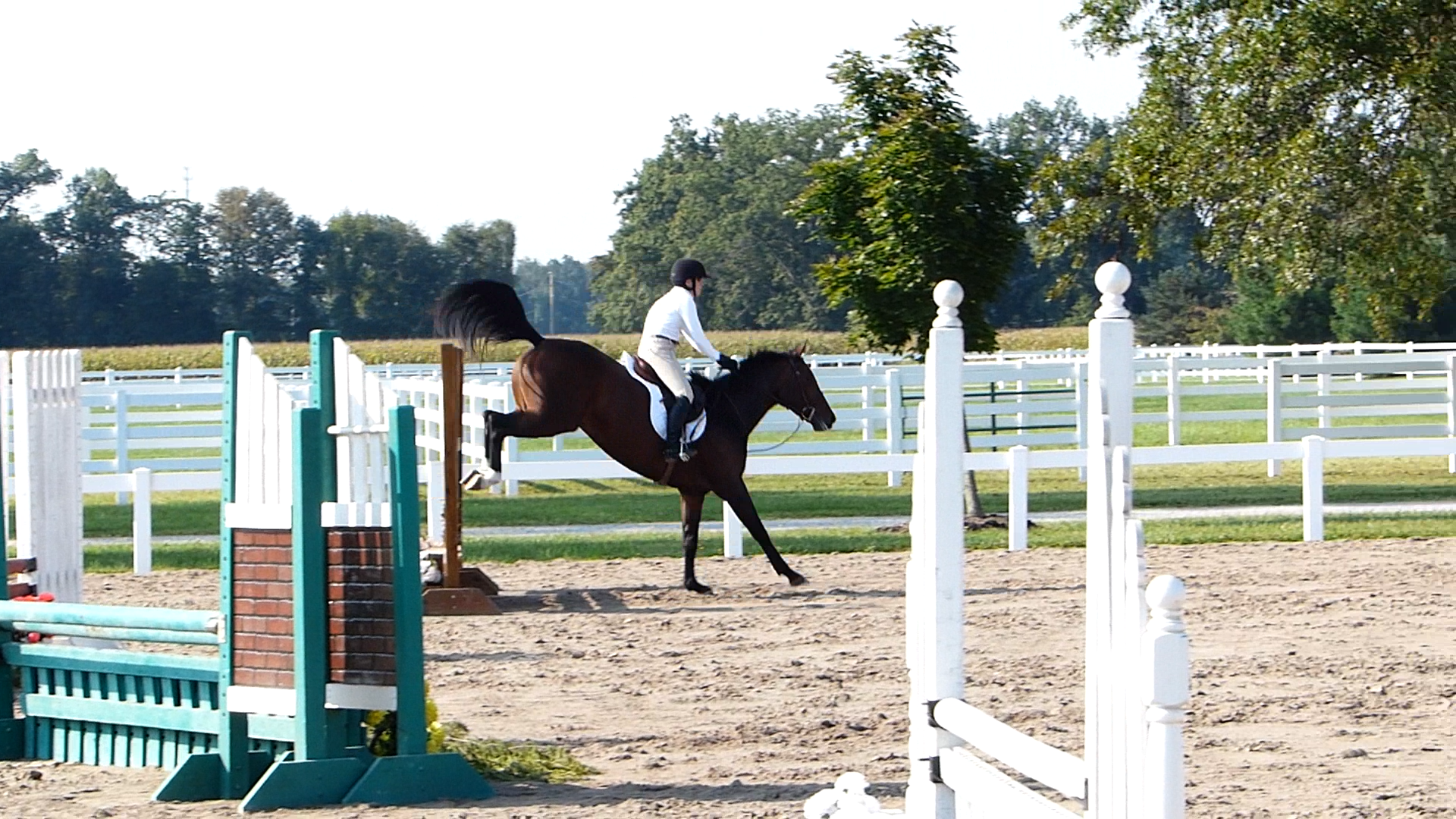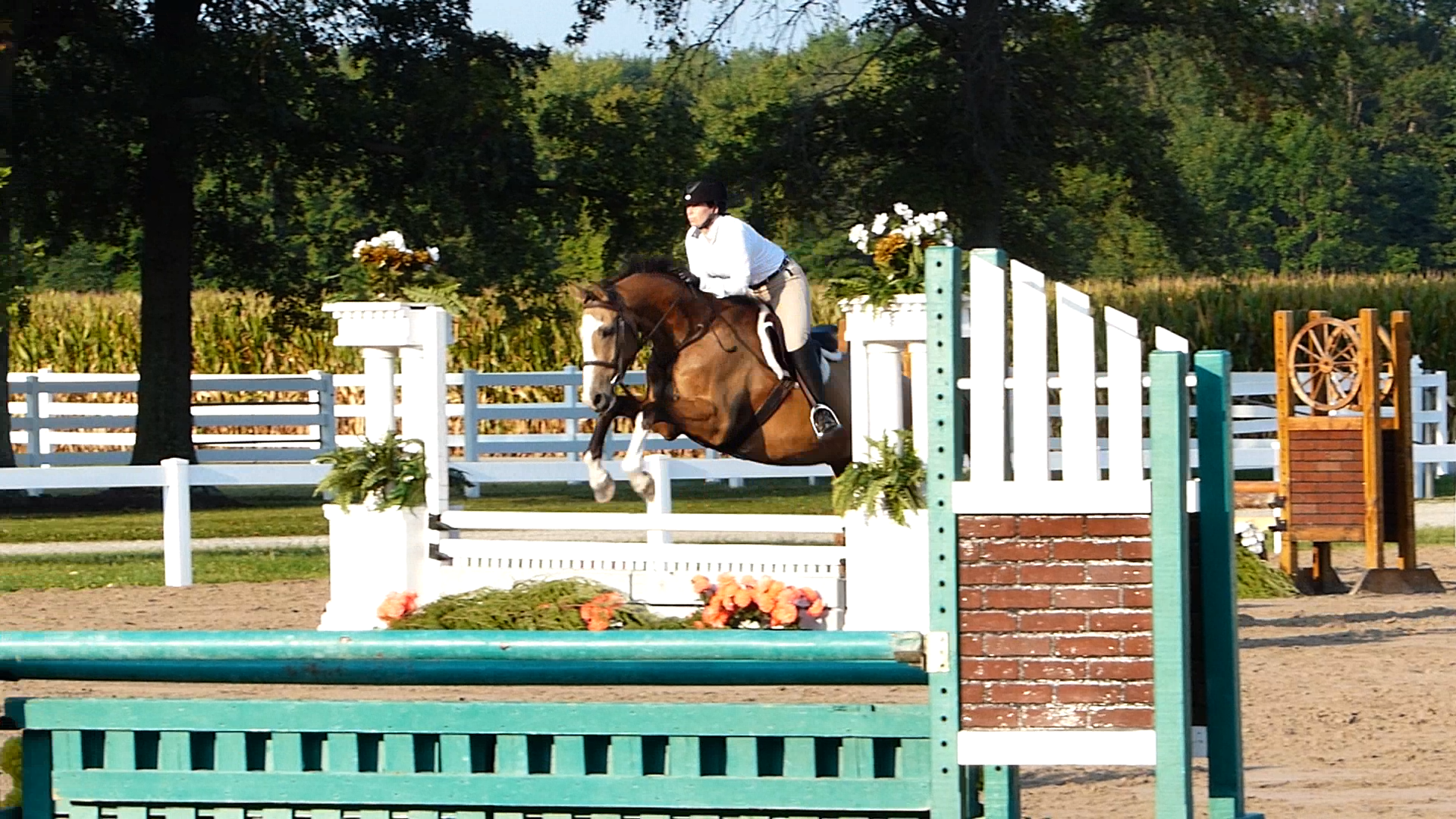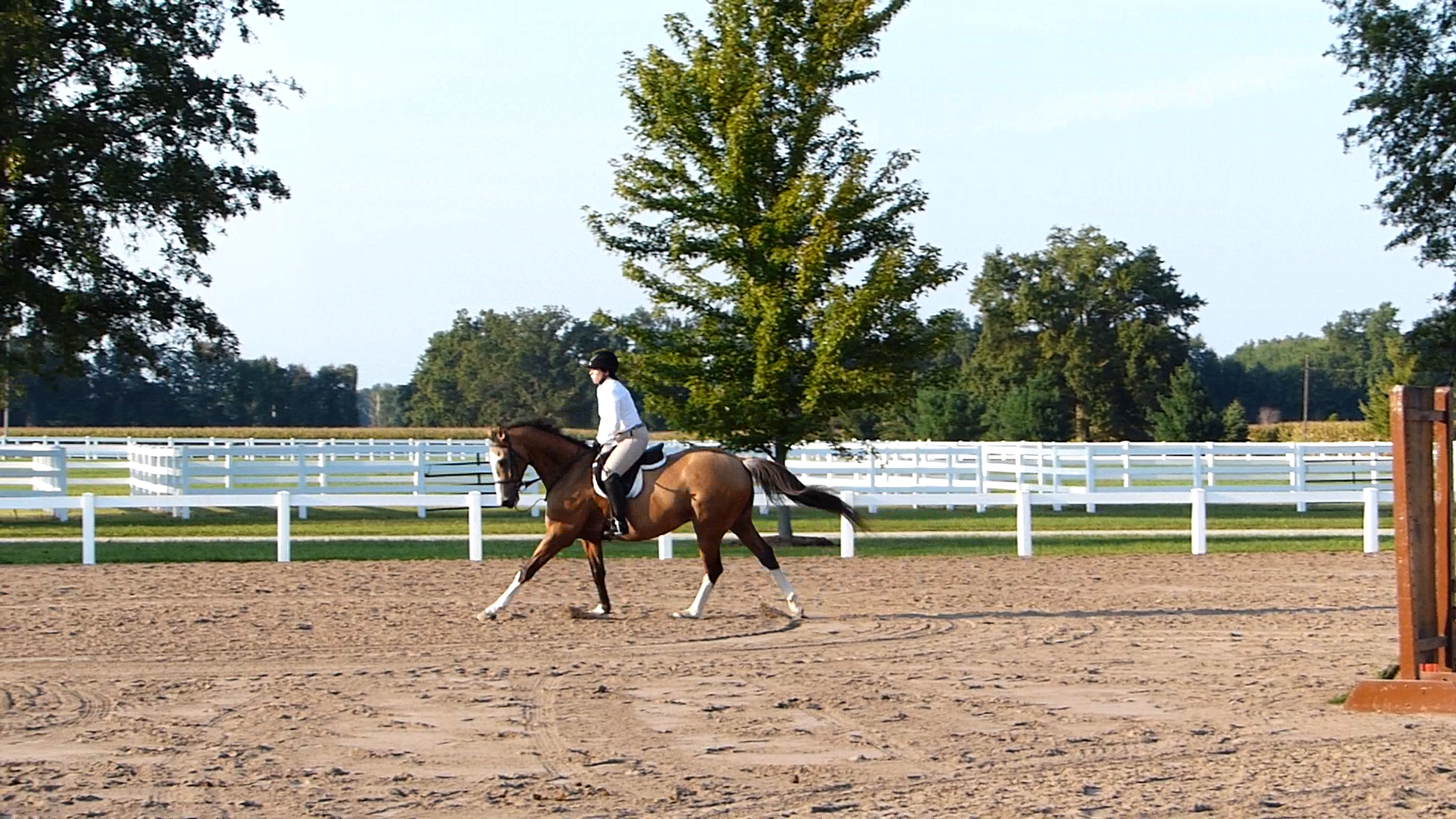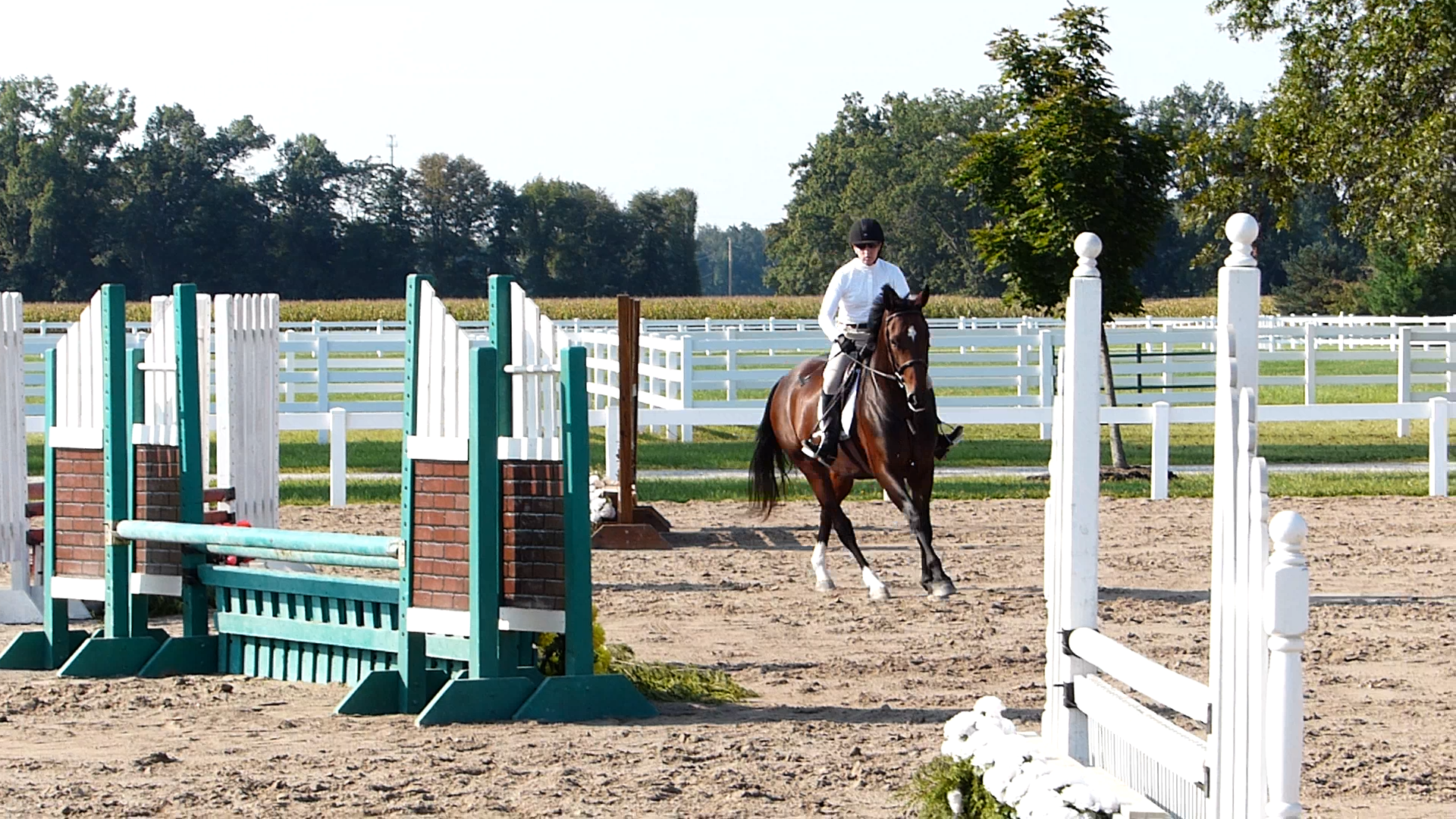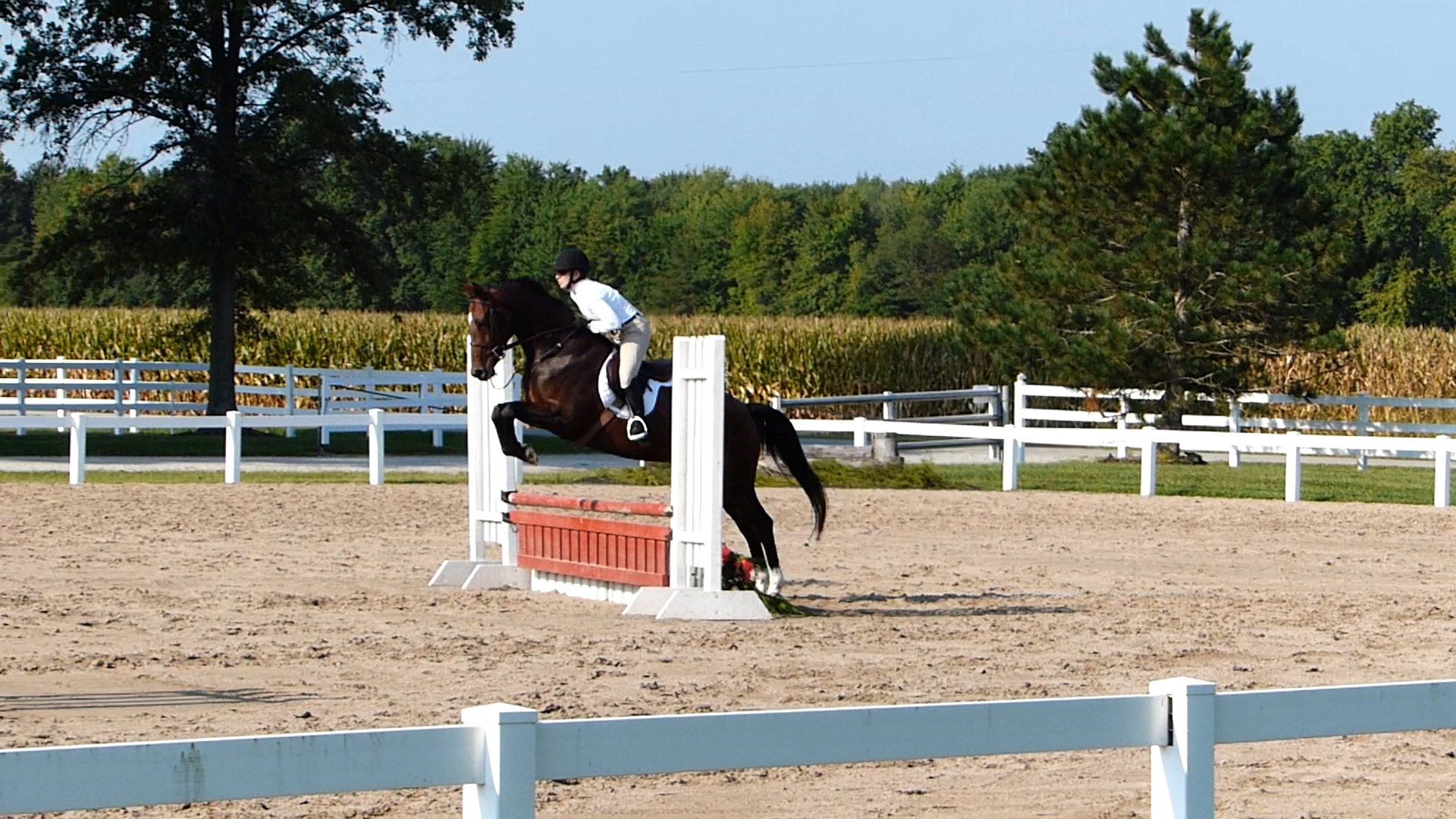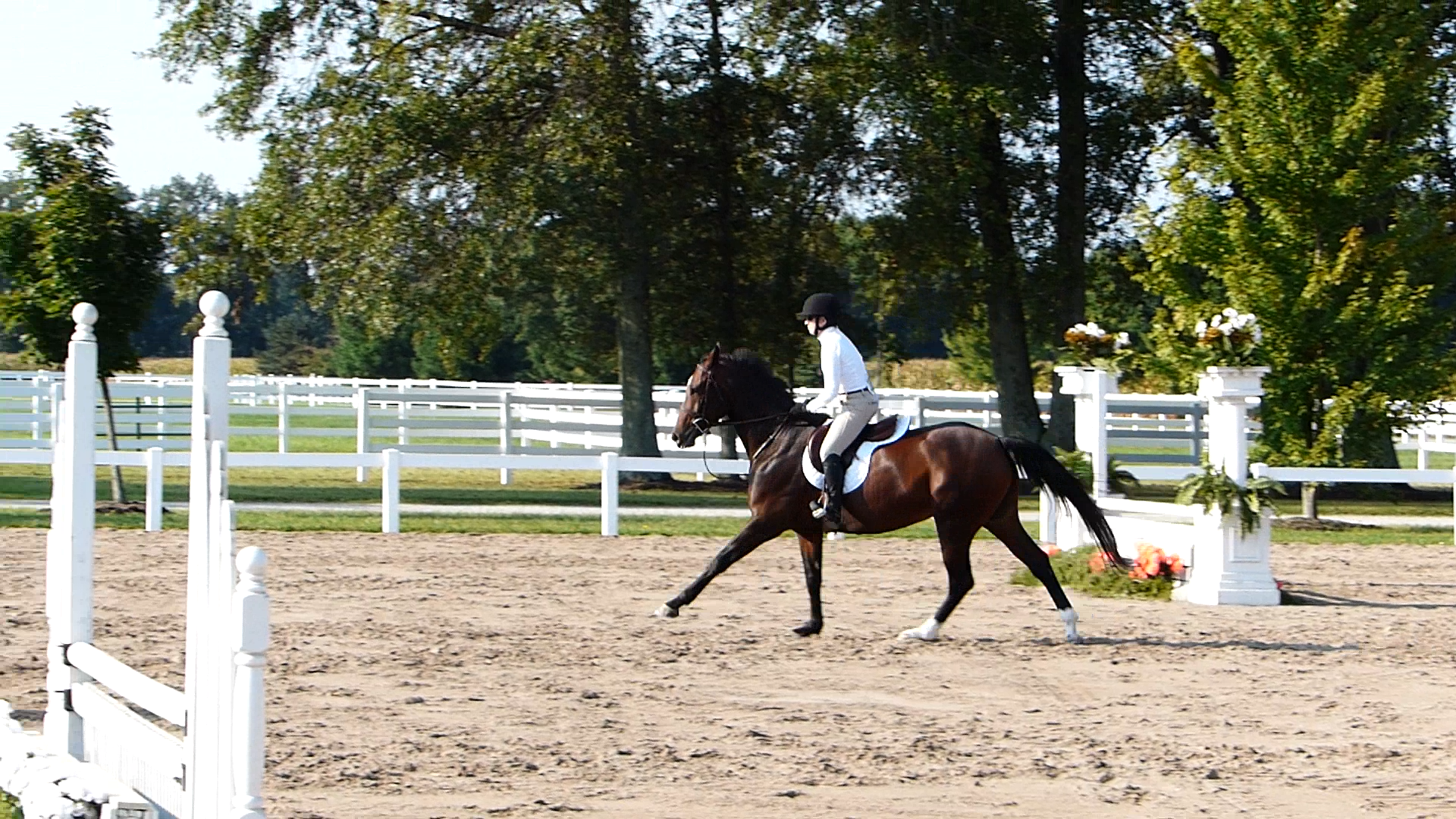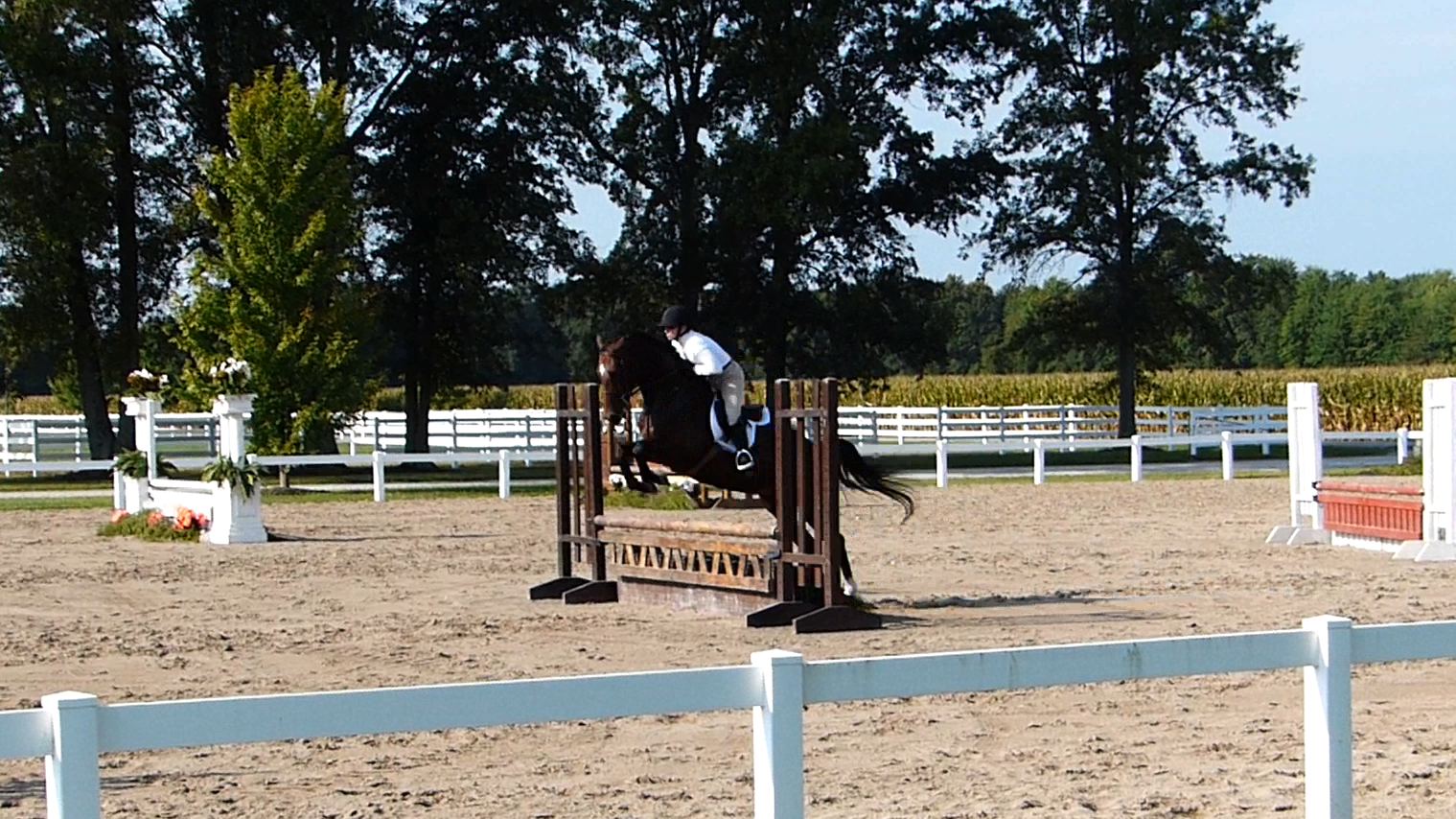By: W. Gary Baker
I read with great interest the articles written in the Aug. 15 issue of the Chronicle by Ron Danta and Kim Stewart (“Where To Stash Those Derby Dollars”) and Geoff Teall (“Ensuring Our Hunter Sport Can Change With The Times”) all regarding current controversies within the sport of showing hunters.
All of them have overlooked what I see as the biggest problem within our sport, and that is the cost to the average exhibitor. Adding money into the equation has more than doubled the problem.
Several statements made in the various articles are not correct. The “hunter world” did not decide that a “money won” model would give professional horses greater value. A few professionals on the USHJA Hunter Task Force had this vision and tried to get it passed several times without success. They finally got it through, though it was barely discussed in open forum. No votes were taken that year on rule changes, and they finally got their way. Most exhibitors did not even know that it had passed. Had it been voted on, it would have been turned down again. This is not how rule changes should come about.
Every rule change that is submitted should be well thought through before it is voted upon. That means that the USHJA Rules Review Committee needs to think through to see all of the ramifications that will occur when such a rule is passed. This is what is needed for the health and well being of the hunter sport, and this has not been done.
Having an award for “money won” is a wonderful idea. Using “money won” for qualifying and for Horse of the Year awards is a terrible idea. The reason why is quite simple. It increases the cost of showing for the vast majority and gives a reward only to the small percentage of exhibitors at the top. When the minimum money to be offered for an “AA” show was increased from $18,000 to $25,000, everyone’s entry fee went up.
Let’s face the facts. On the average, the same horses and ponies win the majority of the classes. That means that the majority of the division gets just about nothing in the way of money. Look at the results of this year’s USEF Pony Finals and compare them to the champions at the major shows last year, and at Devon (Pa.) and Upperville (Va.) this year. The majority of the division is paying a high price to be at the show.
Now look at what has happened to the regular pony divisions at the average “A” or “AA” show. At the big shows the entries are still good, but at the average shows they often have to combine either the small and medium or the medium and large divisions. To add to the problem, the Pony Committee doesn’t even seem to be aware that there’s a problem!
I just received a prize list for one of the fall shows. Small ponies pay an entry fee of $925. There is about $425 in other fees on the entry form, and that is without any additional schooling or equitation classes. Yes, the prize money is good, but remember that the same few ponies win the majority of the money. This is what the emphasis on money has done to many of the divisions.
At one point in time the professional divisions had a decent number of entries in just about all but the conformation divisions, but they did fill. Now, the average show is hard pressed to have a first year, second year and high performance division without combining. Again, money is one of the big problems. As with the ponies, the same horses or riders win the majority of the money.
I’m not saying that the judging is bad; this is just the way it is. Those local people who came for the “fun” of it just don’t come anymore. They can’t afford to! And what has “money won” done for the single “A” show? It has just about killed it. Why? Again, it’s just about the money.
The single “A” show does not offer enough money to make it attractive for the professionals to bring their green and regular horses. When they don’t bring their horses, they don’t bother most of the time to come at all with their other entries.
Derbies Are Different
The hunter derbies are great for our sport. Everyone agrees on that. They are, however, a different type of class and do not appeal to everyone. The logic of why a “conformation” horse should get points from a derby escapes me. There is no conformation in a derby. A horse that happens to show in the green conformation division five times and is a really good jumper but not a conformation horse could win the high-score award with a system such as this. Why is this correct? The derby classes should stand on their own, and there should be a year-end award for them. I have proposed a rule change for this to happen.
To encourage the 4-foot horses to go into the derbies, our rules have been changed regarding entries. Now, for the 4-foot horses, you can enter by the class instead of by the division. This is good for the exhibitor who wants to come and go in the derby and one class as a school. It’s not good for the show, however, that must now offer the most money in that division and oftentimes does not have the entry money to support the prize money. Many of these rules have just not been thought through well.
I love to hear so many people talk about “tradition” when they really don’t remember anything about it. Tradition is the old “appointments” classes; it’s a totally different pace around the course than you find today. It’s a different style of judging. It is not a horse rounding its back; it’s a horse galloping and standing off at a jump, oftentimes leaving out a stride. Those horses were often flat in the back but good with their knees.
“Tradition” is flat leather and usually no saddle pad at all. Yes, they have gotten some of the old jumps, but we never had the decorations that we have today. Many of the oxers were square, and “hogsbacks” were quite common. The in-and-out at Upperville on the outside course was 33 or 34 feet, and it was one stride. None of the lines were measured, and no one counted strides.
“Tradition” is also in a rider’s style. You never saw a rider sitting on a horse’s back all around the course. They got up out of the saddle and tilted their body forward, and not with their rear end facing the sun.
It Should Be Fun
Yes, we need to re-structure our hunter divisions. Perhaps not to the way that they were 30 or 40 years ago, but in a way that the average person can again afford to go to a show and have a good time.
To quote Sallie Sexton, “It used to be fun.”
I don’t see a lot of people having fun anymore. There are very few exhibitors who show to win money in the hunter divisions. They show for the joy of competition, often with friends or family. They show to qualify for the shows that they want to attend. Having a good round or two is the reward for the majority.
We do not want to make our sport so expensive that only the very wealthy can afford it. That, in my opinion, is what the emphasis on “money” is doing. I totally disagree with Geoff Teall when he says, “Money won is not the reason for the decline in our open divisions, but it might be their salvation.” I think, as does the majority, that it is the reason for the decline at the lower levels, which is where we have been strong in the past. The people at the top, most of whom do not know what happens at the average show, are killing our sport without realizing it.
I want to put on a good show as much or more than the next guy. At my one big show I do a complimentary lunch for everyone on the grounds, every day of the show. I have a dedicated water truck driver, a dedicated tractor driver and give a cooler for just about every division at the show. Obviously, this all costs money. When the “A” rated divisions cannot even produce enough entry fee money to cover their prize money, something is very wrong.
In this economy, we’re pricing ourselves out of the reach of the average exhibitor. The real problem is, the people at the top, the ones making the rules, don’t have to worry about what it costs to go to a show. Most of them don’t live in the real world.
W. Gary Baker, Middleburg, Va., is the U.S. Hunter Jumper Association Zone 3 chairman. He’s won numerous zone and national awards, most of them with homebred horses or ponies. He’s a former judge and current show manager of six A- and AA-rated competitions and is also the chairman of the USHJA Pony Hunter Breeding Task Force.



